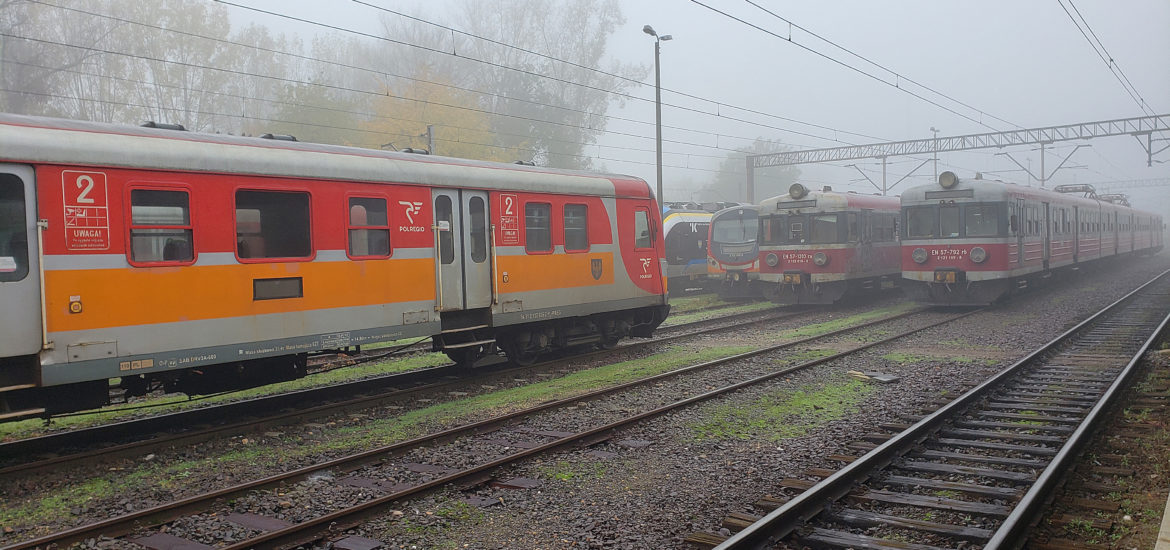This post contains affiliate links to products and or services. I may receive a small commission for purchases made through these links, but with no additional costs to you.


Read more: Discovering Beautiful Zakopane – Poland’s Most Popular Mountain Village
Read more: 2 Days In The Quaint Mountain Village Of Poronin, Poland
Read more: Travelling Internationally During Covid-19: My Experience & What To Expect


Read more: Getting Around The Netherlands By Train
Read more: How to Create the Perfect Travel Itinerary

Train & Bus Stations
Polish train and bus stations in larger cities are clean, architecturally stunning, easy to navigate and full of amenities to suit your needs. Most train stations in Poland’s larger cities are usually equipped with stores that range from clothing shops, souvenir stands, restaurants and coffee shops and even small grocery stores, but the further you venture into small towns and villages, this changes drastically. While in smaller towns, train and bus stations are usually very no frills, almost run down looking and have a ticket booth, a washroom, a seating area and maybe a small shop that sells snacks, water, cigarettes and some beer. I’ve also been in stations that literally only have a ticket booth and a seating area. Village bus stations can range from a tiny stopping area for the bus, or if a mini bus is what you’ll be catching, expect those to just pull up at a stand labelled with a number, or destination within a parking lot. All major cities in Poland have train and bus stations located right in the heart of the city, but in some smaller towns, you may find that the bus and train stations are located at least a kilometre away from the town square, or even along a major roadway. It helps to know that in Polish, bus station is written as Dworzec Autobusowy and train station, if a main station, it is usually labelled with the city name in front of it and is written as Warszawa Główny, if using Warsaw Main Station as reference.

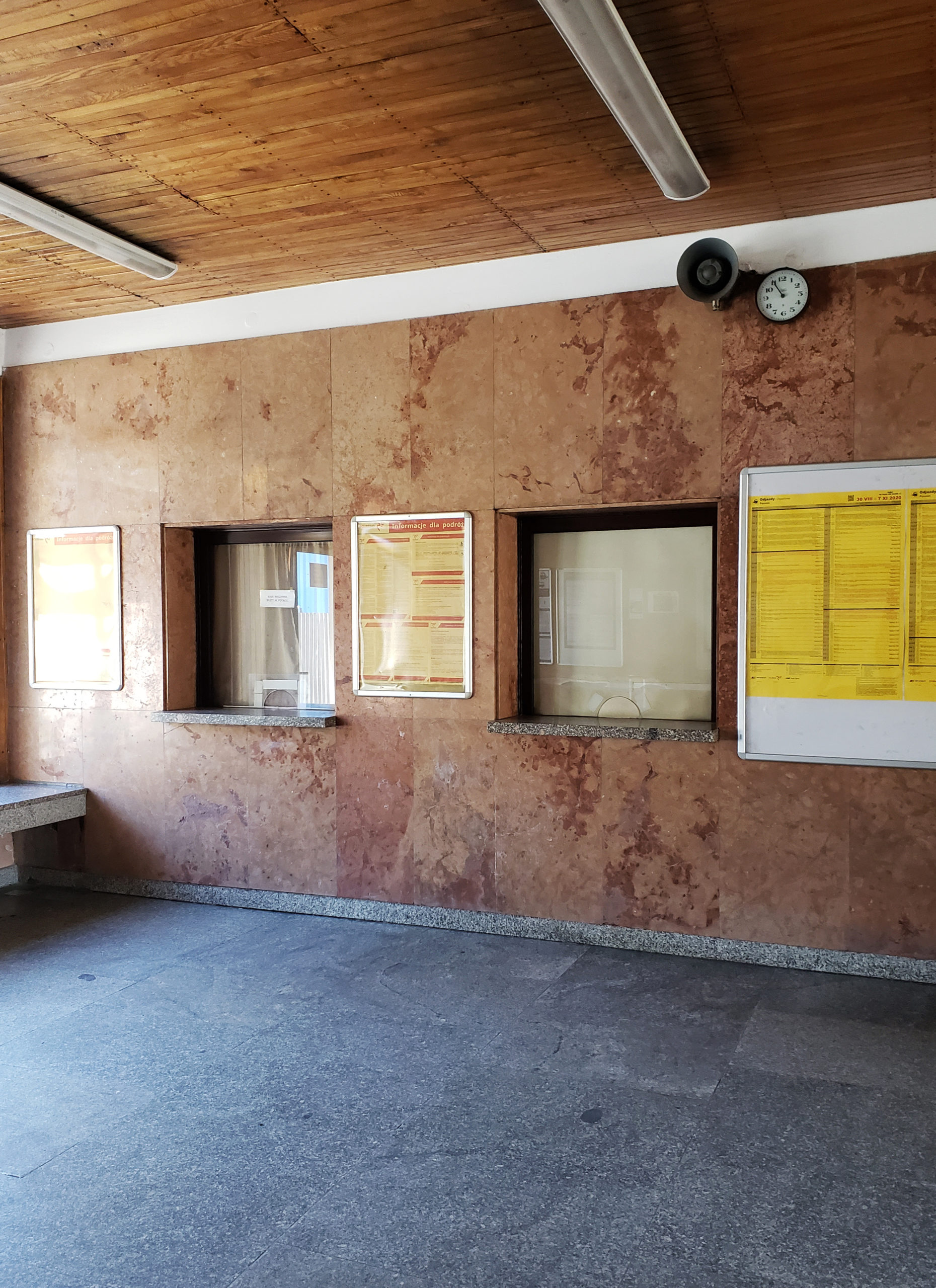
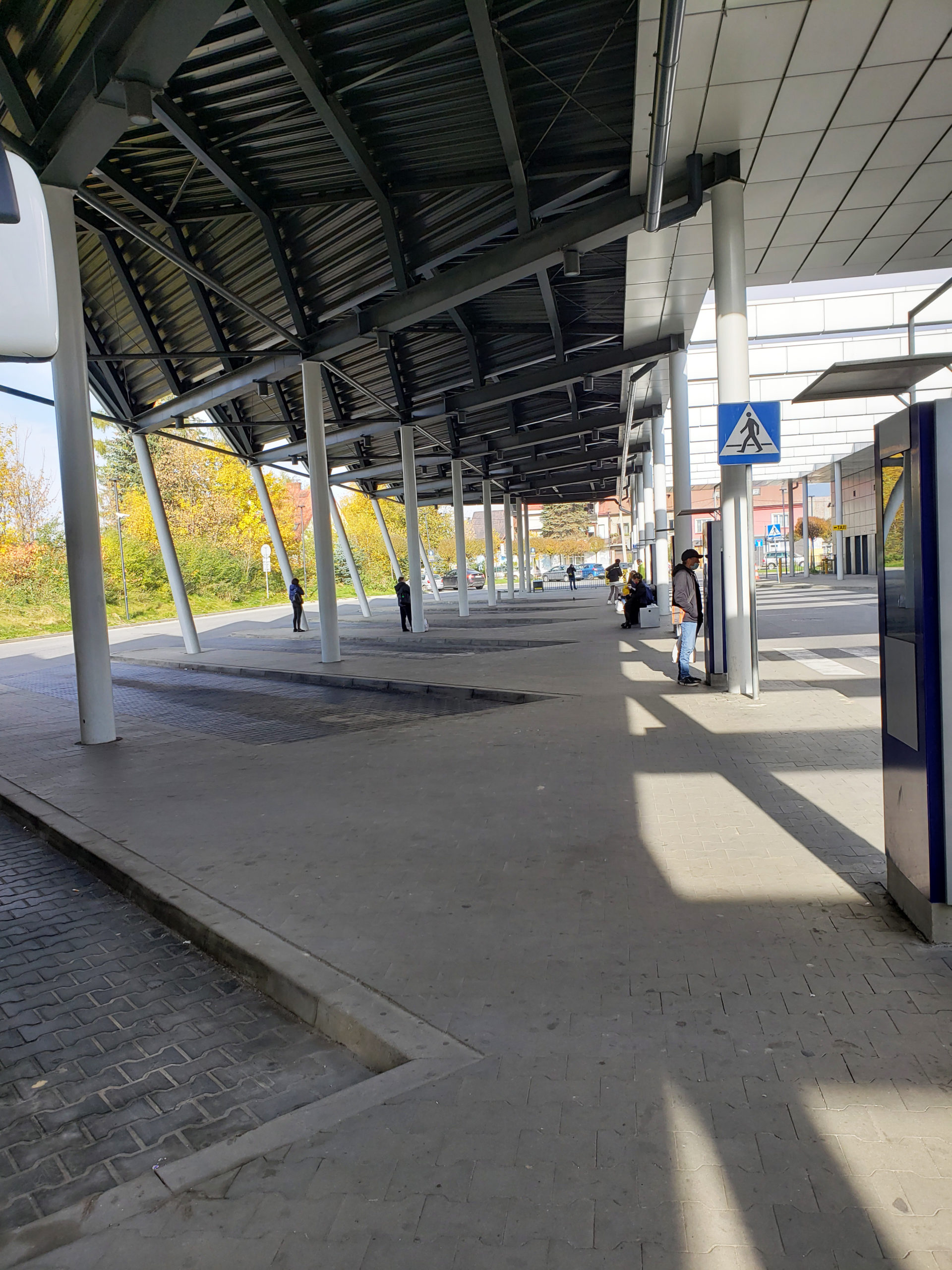
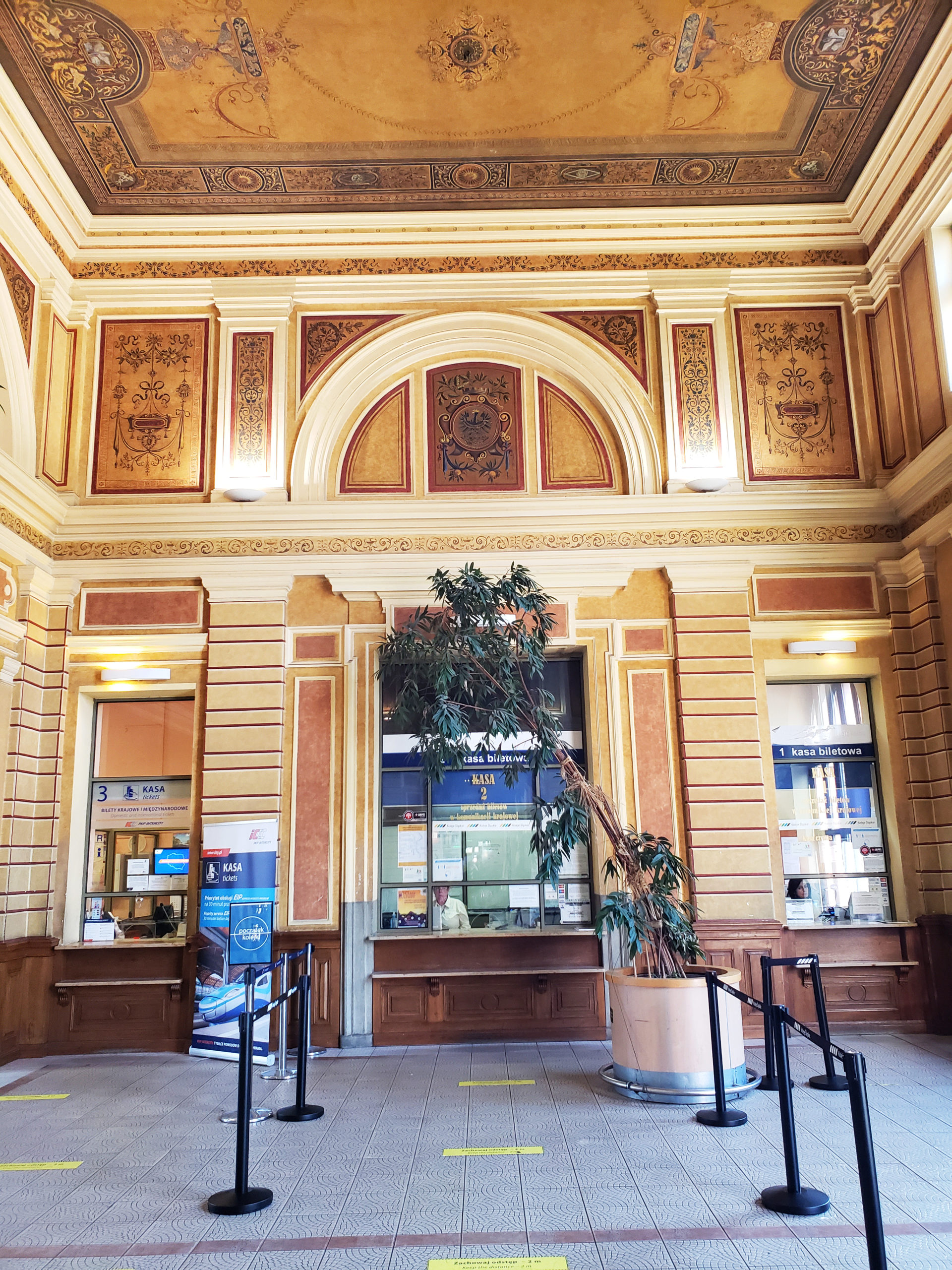
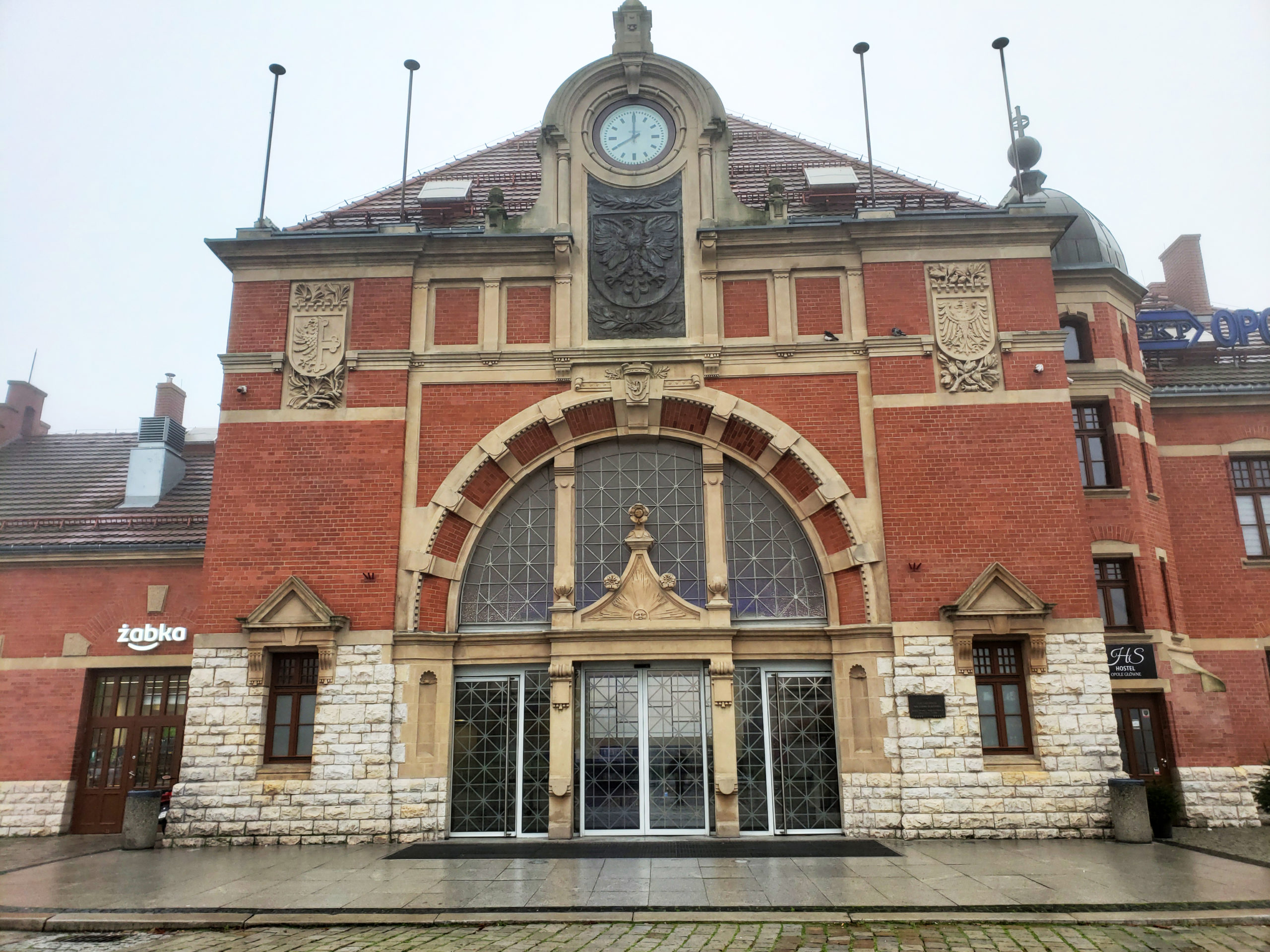

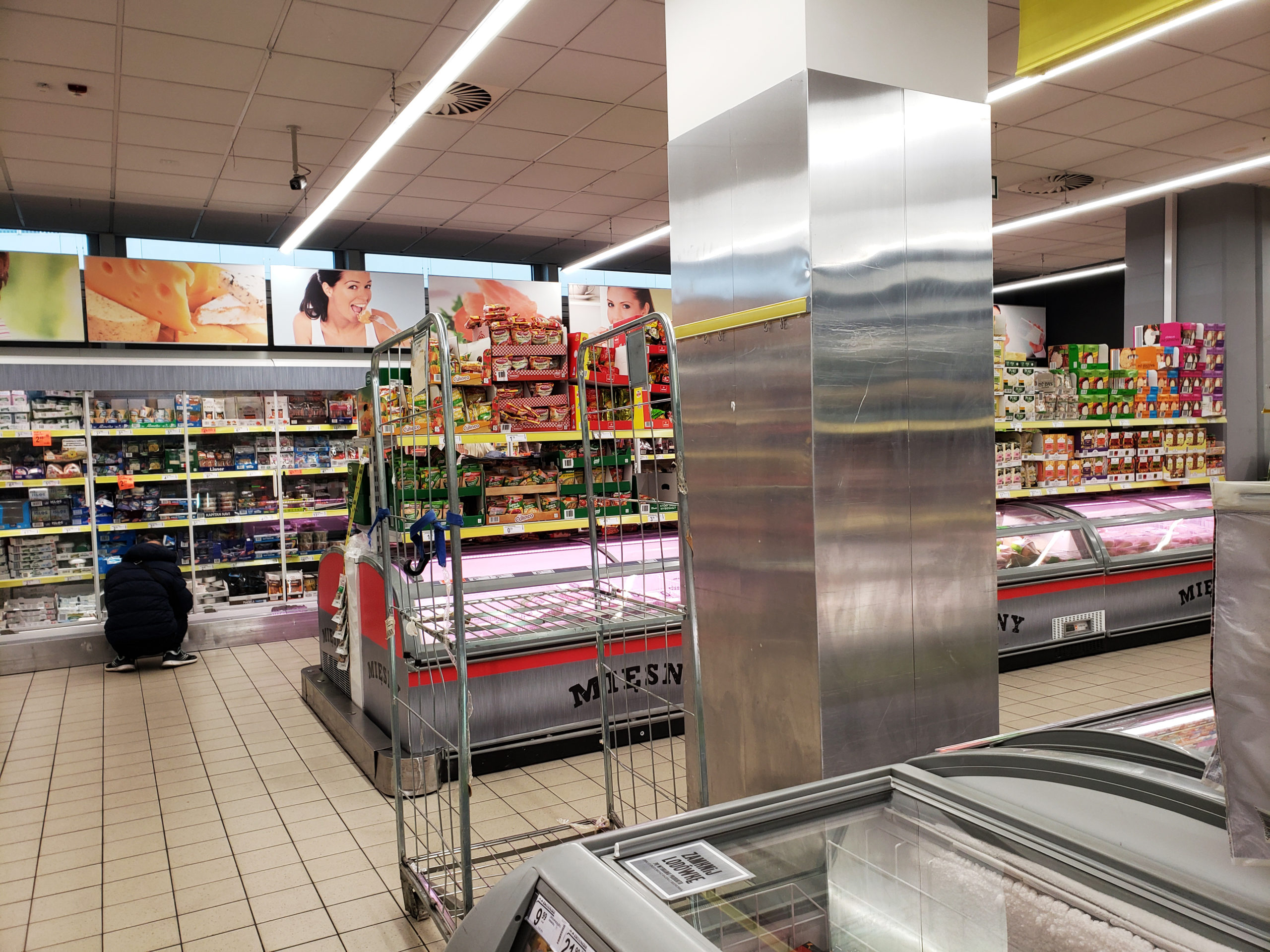

Read more: Travelling Around Austria By Train
Buying Your Tickets
Purchasing your tickets for Polish trains and buses is easily done and is cheap on the wallet as a traveller. Tickets for the trains can be bought online 30 days in advance, in person at a ticket booth in the train station, or by machine in all major cities. The machines are very easy to use and the screens can be changed to English as well as numerous other languages. The machines take Polish bank cards, paper złoty bills and most credit cards. You choose your destination, method of payment and print your ticket and receipt. Et Voilà! You are able to purchase a single one way ticket, or a day return ticket and the standard class purchased is economy class, which in my personal opinion, is pretty damn nice for 2nd-class. You can even buy your train ticket on the train in some cases, but you must make sure to find the conductor (usually in the first car) to purchase your ticket before he/she reaches you, or you may risk a fine. Bus tickets are easily purchased online if using the larger carriers and in person at larger bus stations, but if you are using a local mini bus, you just walk up to the bus, pay the driver and hop in. For all of my train tickets, I simply created an account online with the rail companies and purchased using my VISA card without any issues. If booked in advance, your ticket will have your full name, date of travel, train number, carriage number, departure and arrival times as well as seat number. For any buses I took, I either booked online, or paid the driver at the time of boarding. If you’re paying in person, I always suggest that you have some złoty on hand, as most drivers will only accept cash payment.

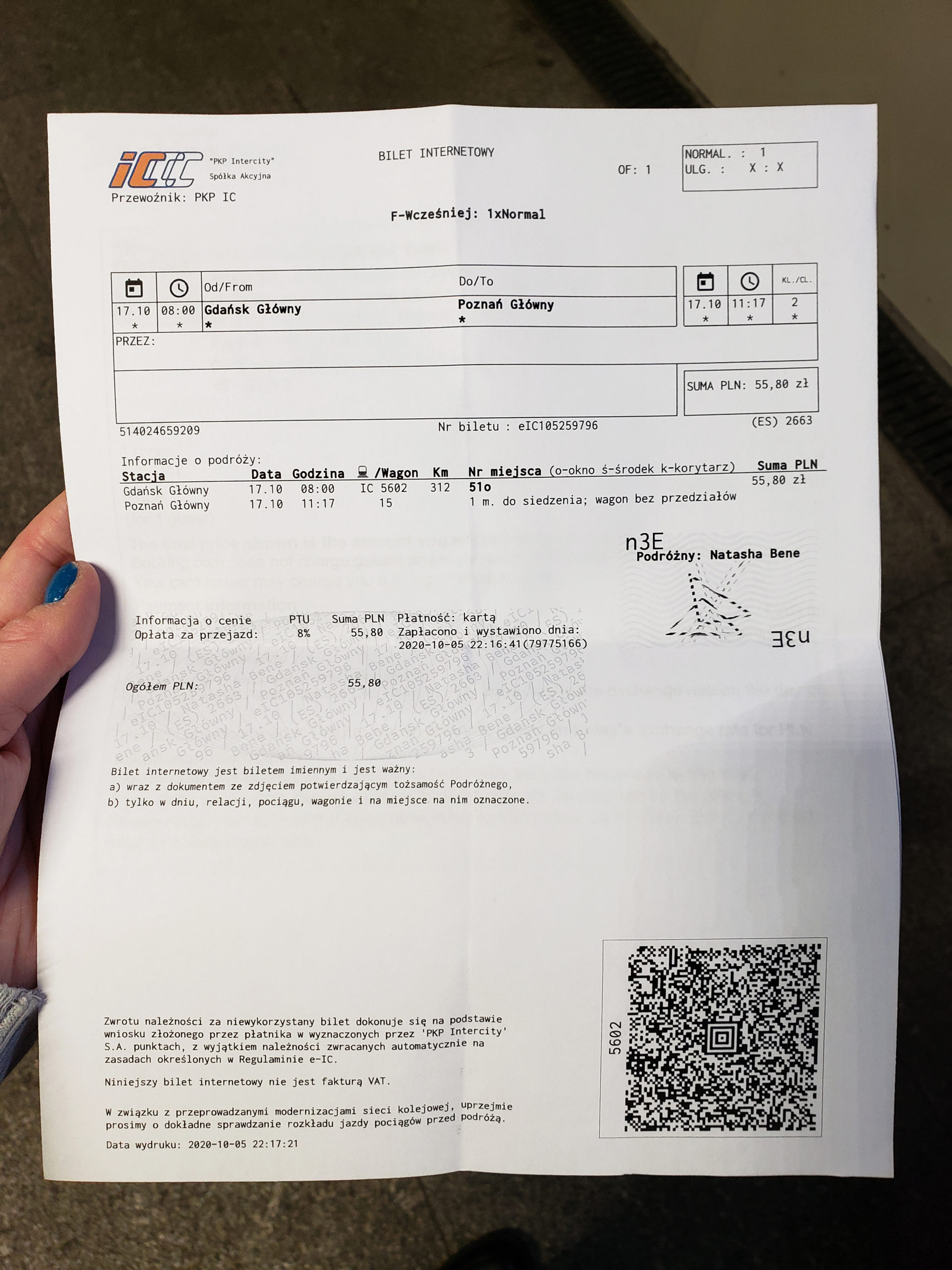

Read more: How To Spend One Day Exploring Gdańsk, Poland
Read more: What Will The Future Hold For Travel After 2020
Read more: The Ultimate City Guide To Visiting Warsaw, Poland
Validating Your Tickets On The Train & Bus
In most, if not all train stations within Poland, there is no need to pre-check in before heading to your platform and boarding. Just because you can walk right on, doesn’t mean you can sneak on and skip paying. A train crew member will come around each and every car as soon as the doors close and the train starts to depart each and every station. I don’t know how they keep track of passengers and tickets doing it this way, but it’s a thing of magic and they are ALWAYS going to check. The ticket that prints out of the machines is on a white piece of paper and has a QR Code on it, so that the train crew can scan and validate your ride. If you decide to purchase your tickets online in advance, make sure to pre-print your tickets before going abroad, which should also have a QR Code on it as well. The conductor checking your pre-paid print out will ask to see ID to confirm that names match and that’s about it. For buses, you pay as you board, or get a print out from the ticket booth in the station, which you’ll present to the driver upon boarding. If you ordered online and have a print out, just show the driver and if there is a QR code, they’ll scan it to validate it. Easy peasy!

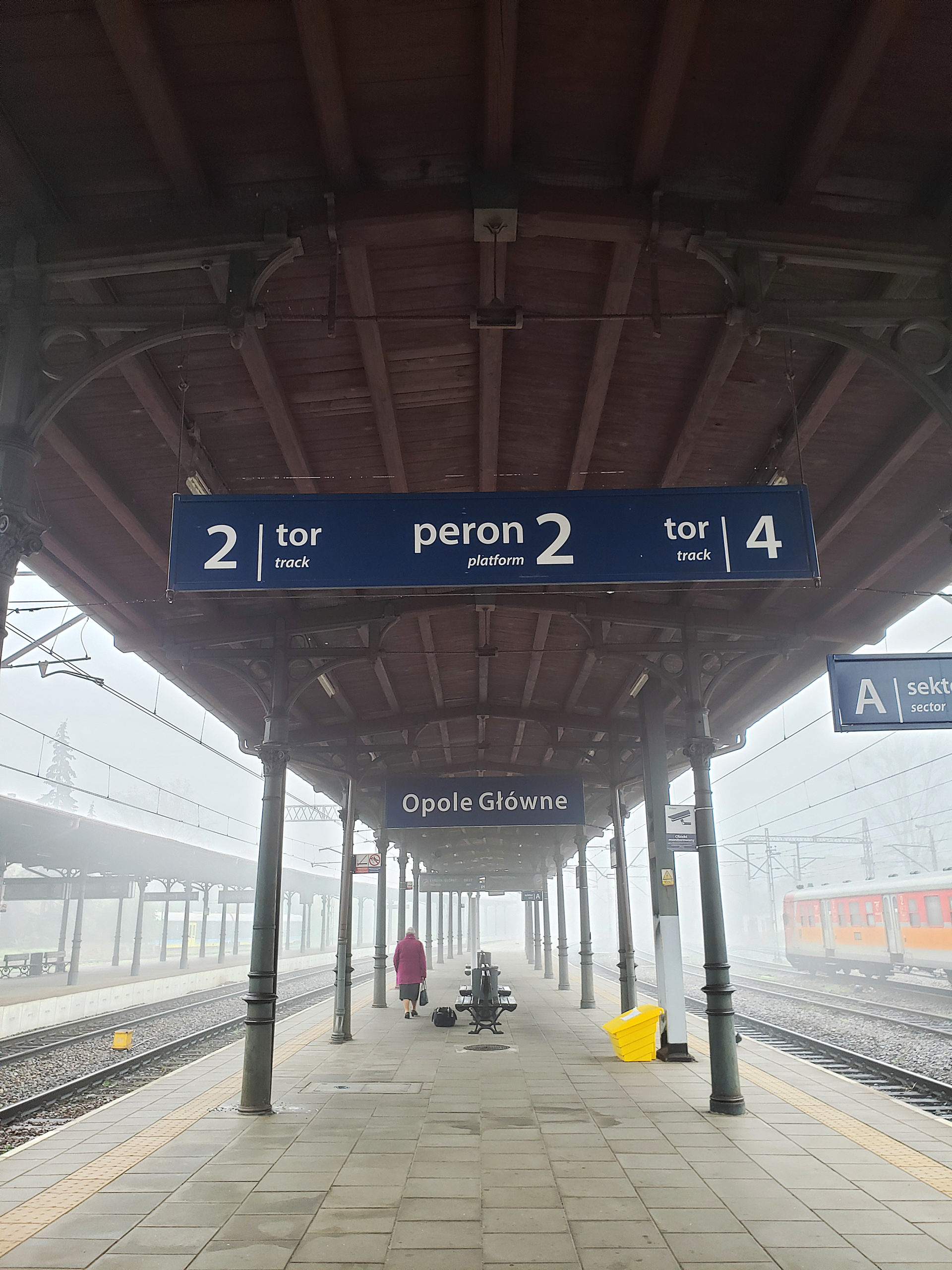
Read more: Essential Things To Remember Before You Travel
Read more: What To See & Do In A Day In Rzeszów, Poland
Schedule And Departure Times
Most large train and bus stations in Poland now have electronic signage to assist you. Smaller stations may have electronic boards as well, but I found that most smaller stations had the old school flipping time boards, which I thought was really cool! You can even see and hear the times and destinations flipping upon the board. Bus stations, or bus stops in rural areas have the time schedules usually on a chart and I’ve even seen a schedule written with a marker on a piece of paper. I kid you not. Once you’ve purchased your ticket, look for the arrival times (marked arrivals, or przyjazdy in Polish) and departure times (marked departures, or odjazdy in Polish). The departure boards have columns with times, a list of stations the train is going to, and a platform number. You will have see the number of the train as well. For example IC5602. Find the time of your train, your track number and then read across to the right to find the platform number in the column marked “Peron”. The somewhat tricky part of train travel in Poland is due to the fact that two trains may pull onto the same track, minutes apart and have the same destination within their schedules, but they depart at different times. Don’t be fooled by thinking that your train to Warsaw arrived ten minutes early and board. Your ticket may be for the next train to pull into the station on that exact same track. Always check your train number listed on the departure board with your departure time. Keep your eyes peeled on the boards for changes and your ears open for changes, delays etc. In Poznan, my train had to change tracks, but I didn’t understand because the announcement was only in Polish. Luckily a girl I was speaking to on the track mentioned it had changed and she even helped me with my luggage, which I thought was SO nice. Had I not been speaking to her, I probably would’ve missed that train.
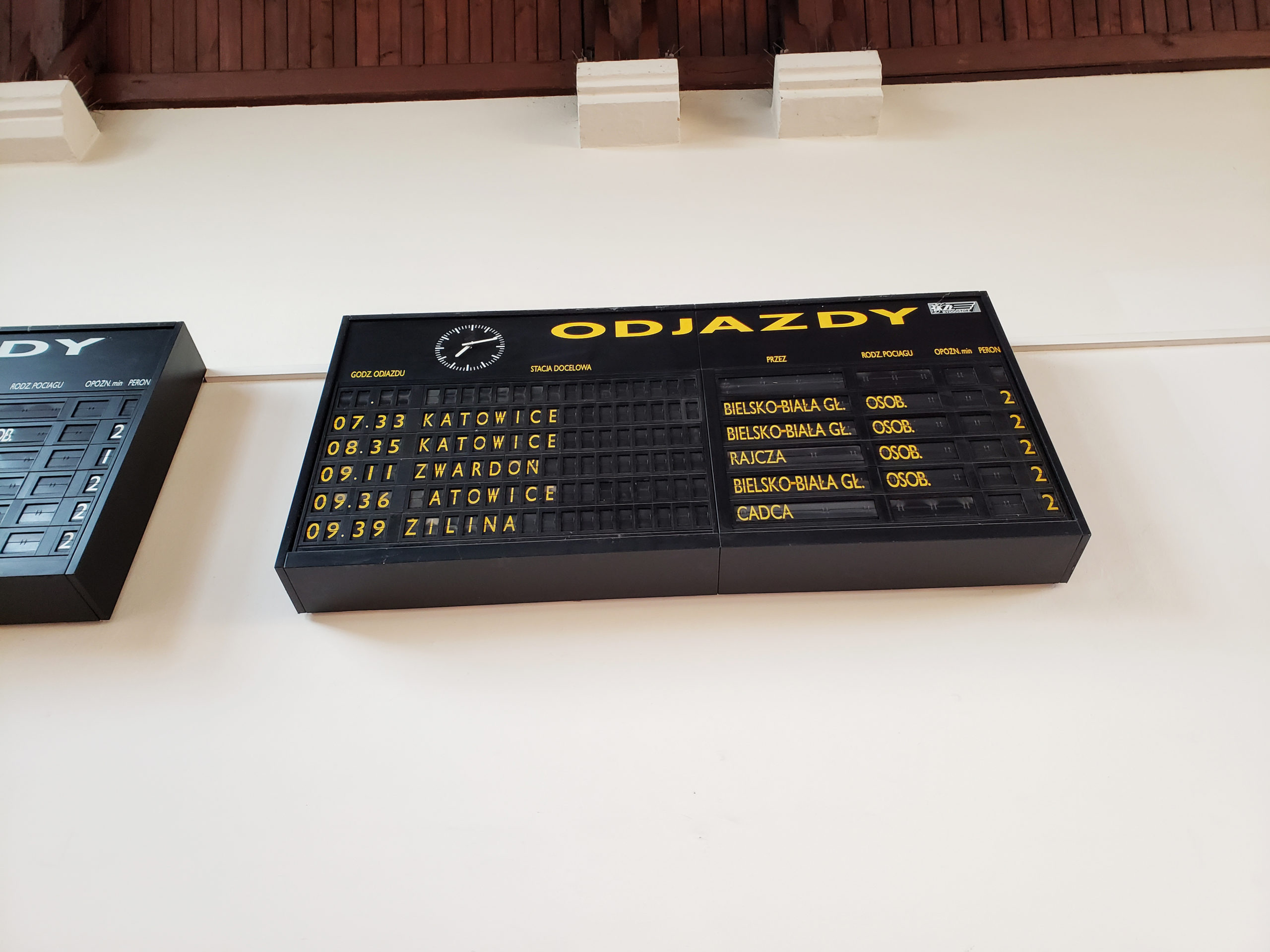
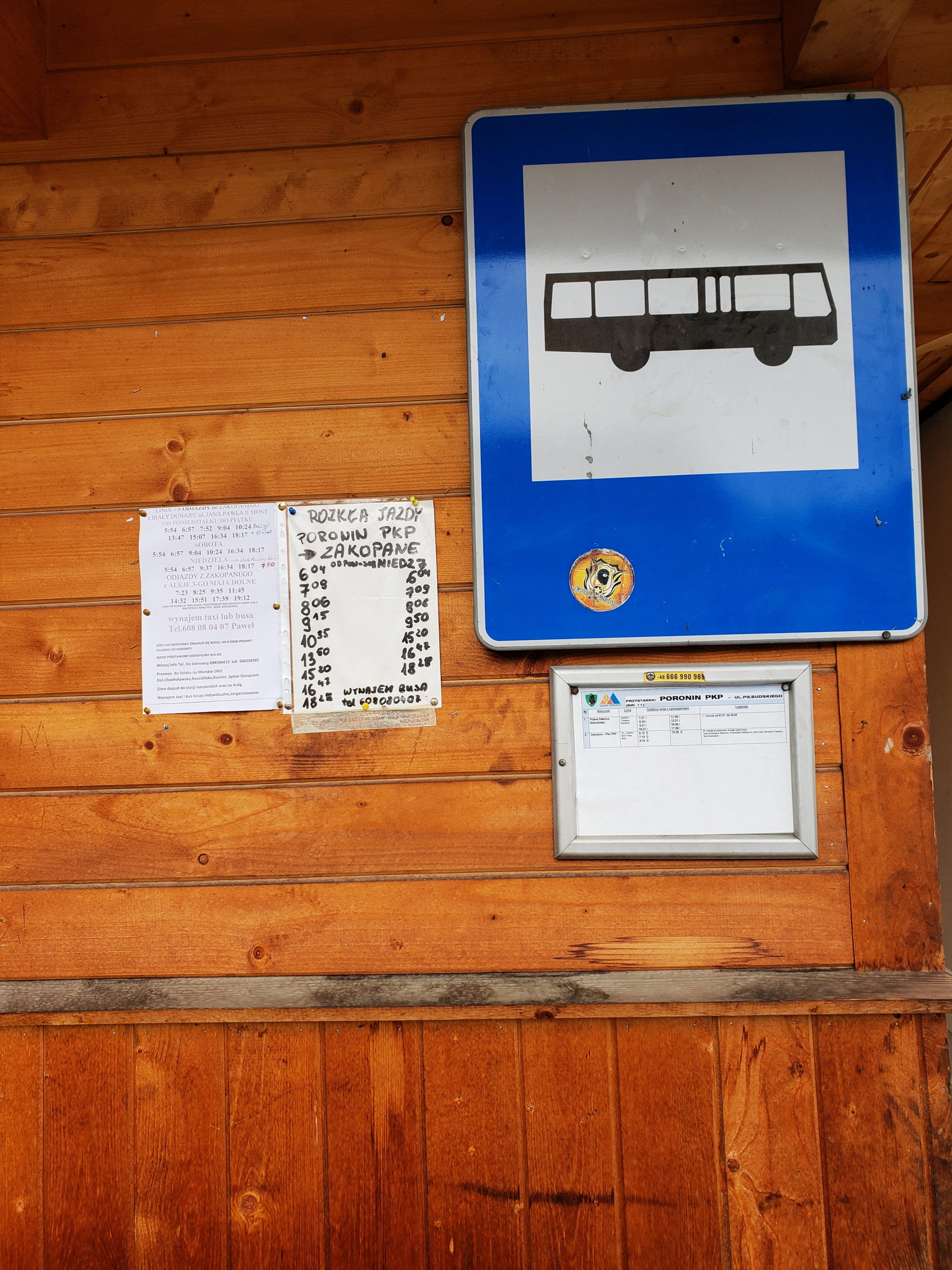
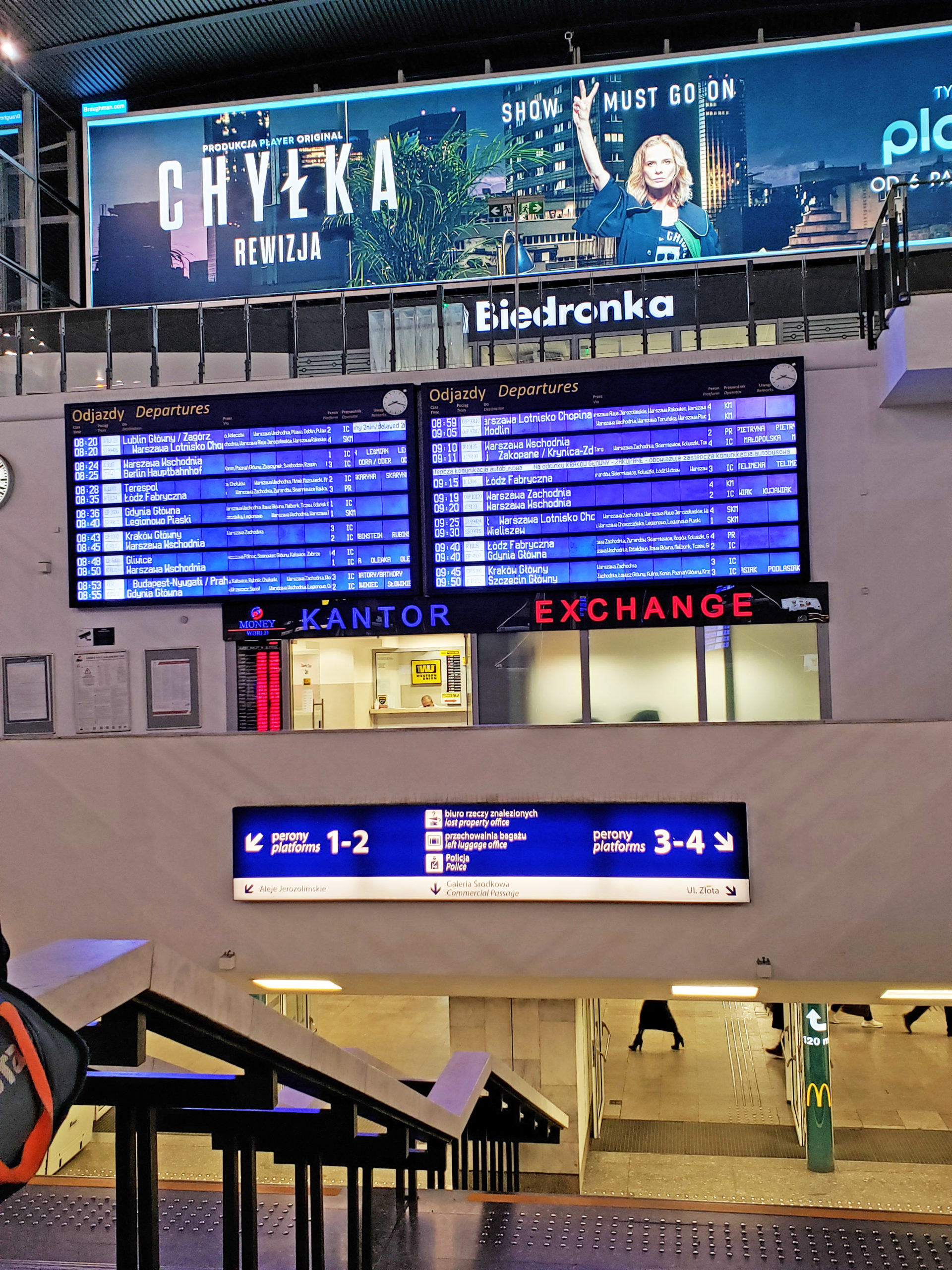
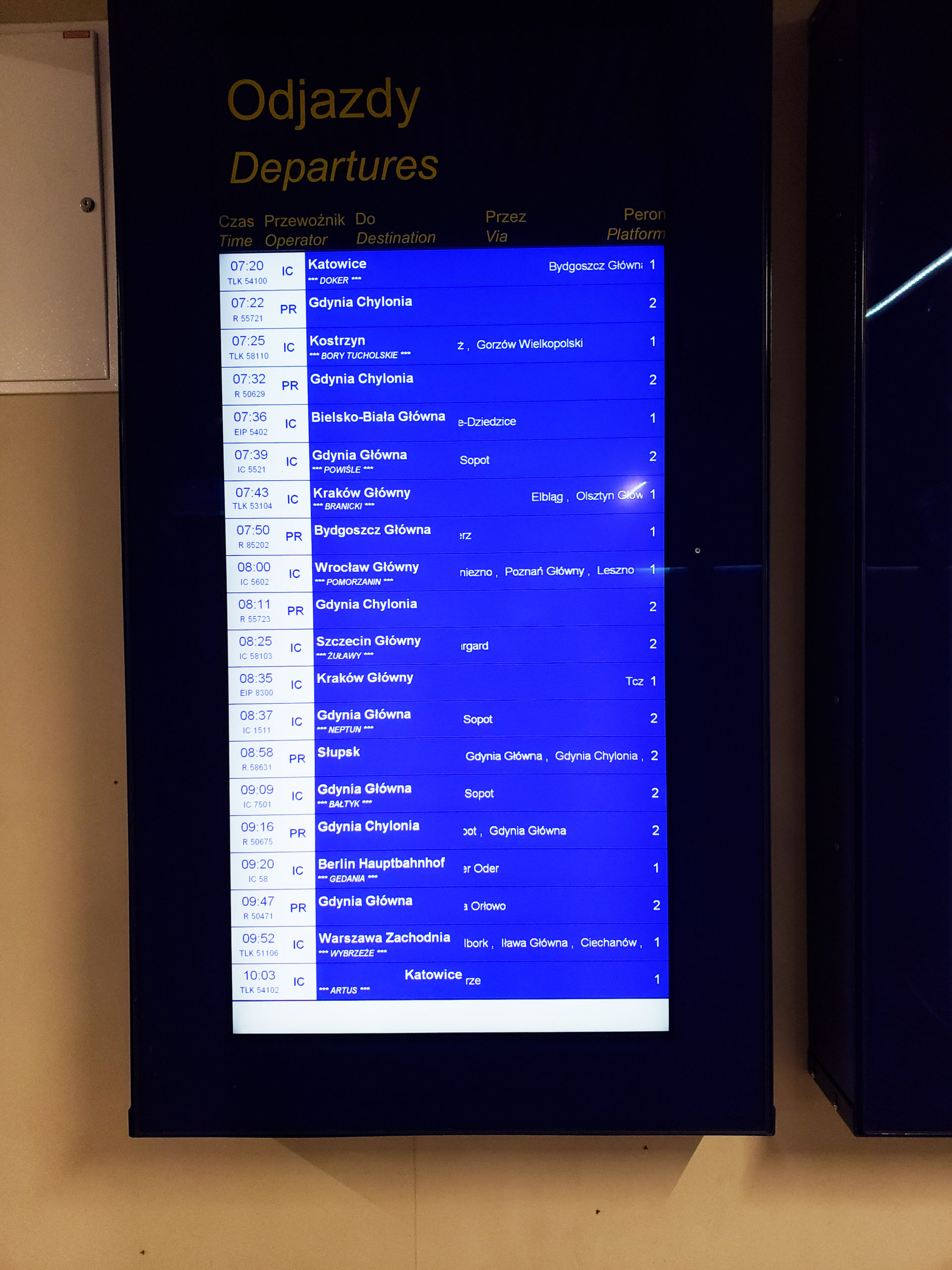
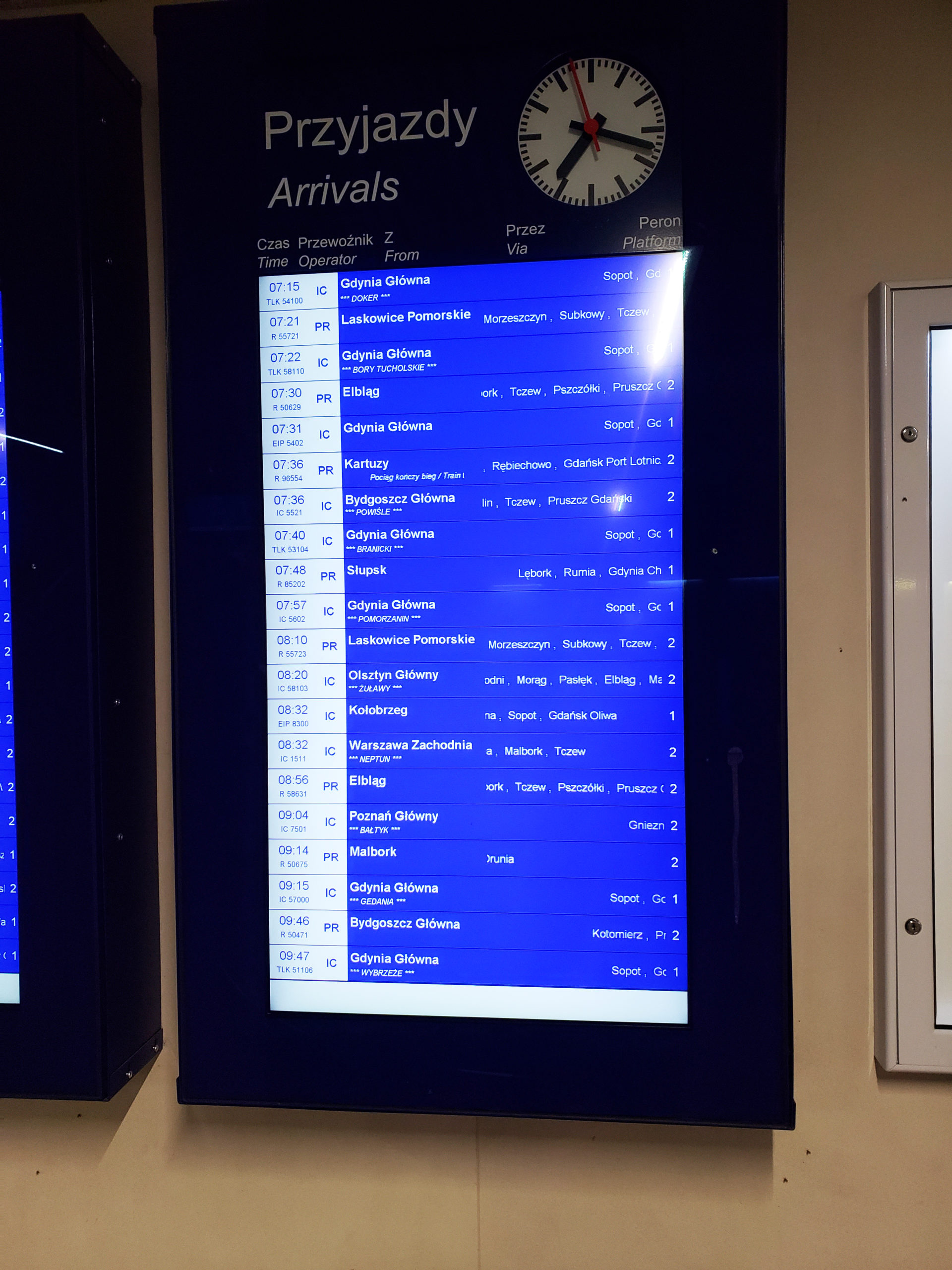


Read more: How I Spent 3 Weeks Travelling Solo Around Poland
Read more: The 5 W’s Of Travelling Internationally
What To Do If You Get On The Wrong Train Or Bus
To elaborate a bit on the point above about checking train numbers and not the arrival of the train on the track. I’ve hopped on the wrong train before, had my ticket checked and was told where to get off to catch my proper train. It was most definitely a learning curve. Let me explain…Trains in Poland (and most of Europe) have train numbers depending on the trip. An example of this would be a train to Gdańsk from Warsaw might be listed as IC5602 and departs Warsaw at 10:54am on track 4, but another train numbered TLK1250 is set to depart Warsaw and departs at 10:57am on track 4 as well. As you stand on the platform and make your way to track 4, you see a train pull in and you may think it’s yours arriving early and you board waiting for your departure time. As you start to pull away from the station and head to your destination, a crew member walks around and says you have boarded the wrong train with just a glance of your ticket. Uh-oh, now what? If there is a next stop, tell the crew member that you will jump off and catch your correct train when it pulls in shortly, but if you end up on an express train, then chances are you may need to pay the difference in cost for the ticket like I did once in Austria. Whoops! It was about €8, but it was much better than the €105 fee of not paying at all, so I paid the extra €8 and actually got to my destination 45 minutes earlier. Lesson learned. Always, always, always remember to check the train numbers (they are listed on screens on the outside of the train as well as the front conductor car) and not the actual track number. If you want to double check, just ask one of the train employees that are usually seen wandering around on the track before departure times. As for boarding the wrong bus, chances of that are rather slim, since the driver will check your ticket right at boarding time.
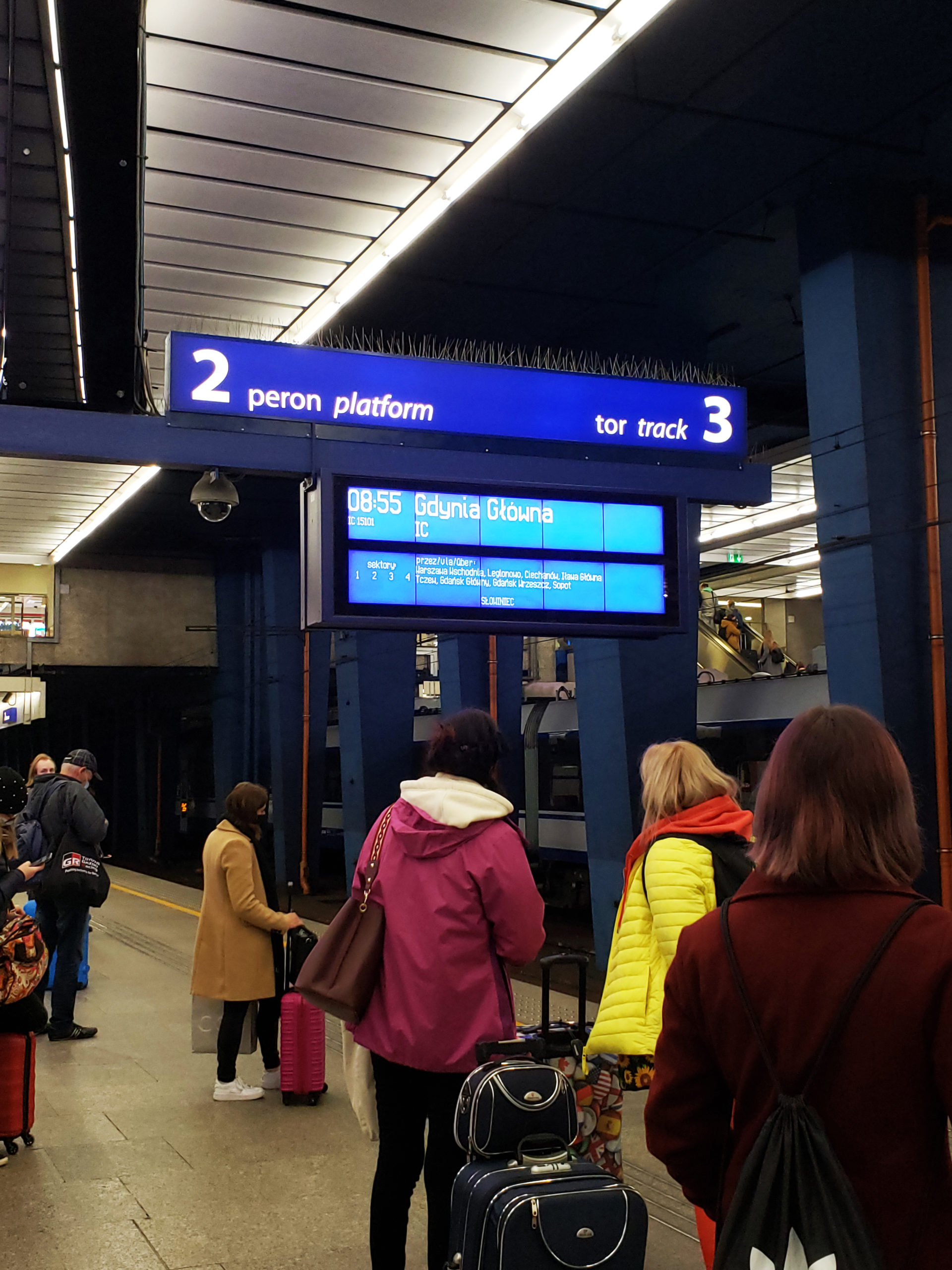
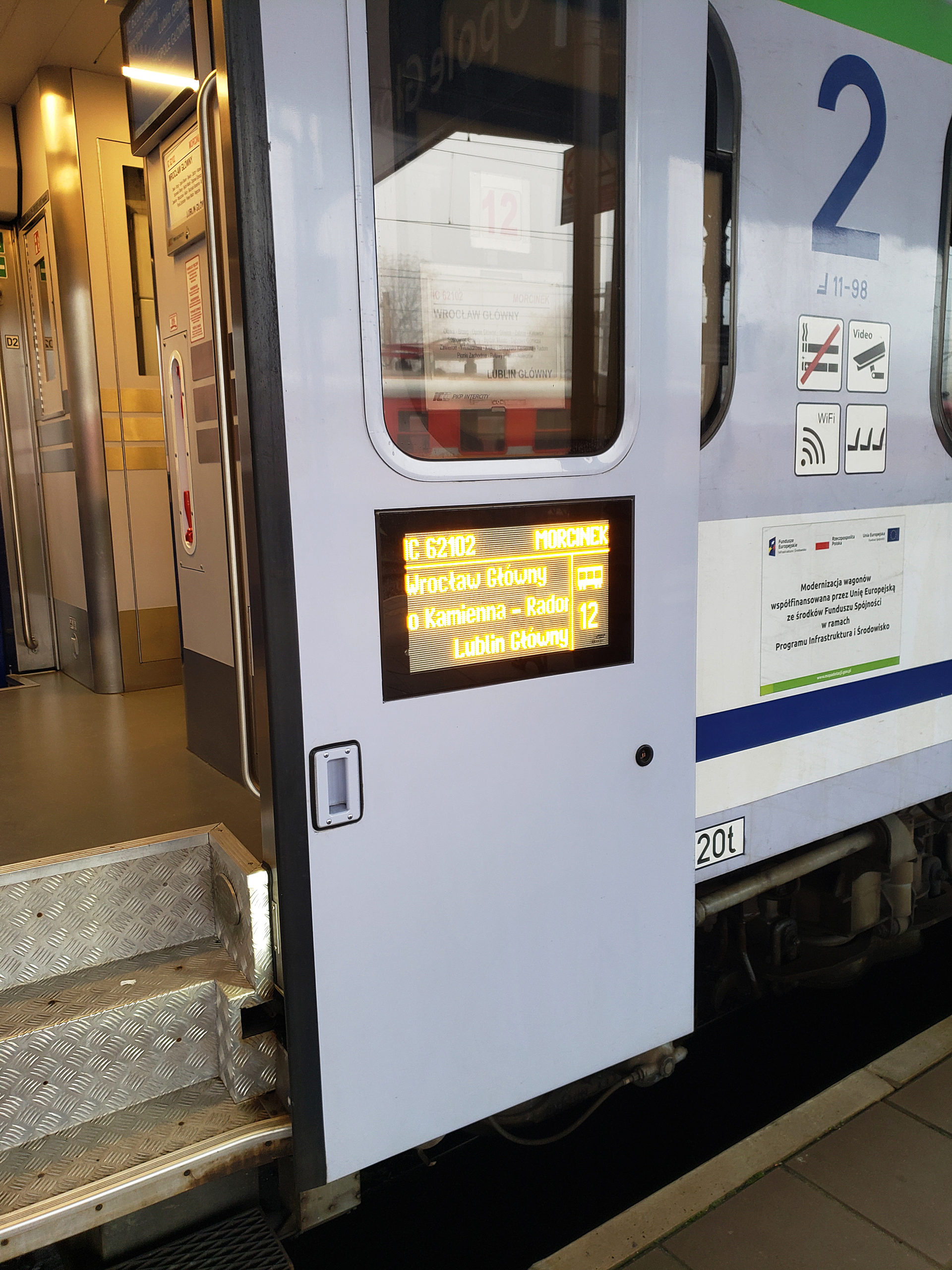
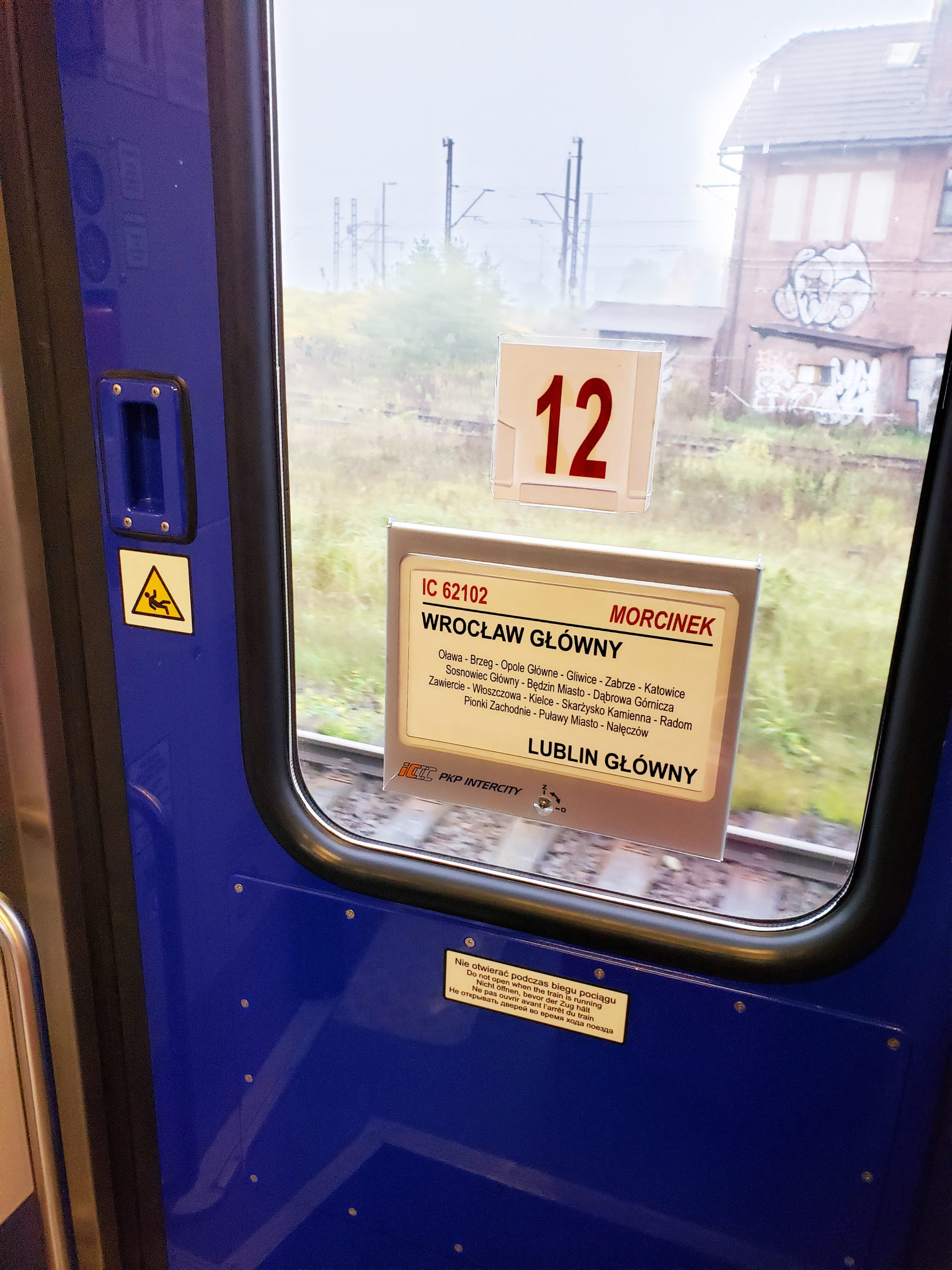

Read more: The Ultimate City Guide To Visiting Kraków, Poland
Read more: How To Spend A Day In Poznań: Poland’s Best Kept Secret
Types Of Trains & Buses
Speaking of getting on the wrong train, or bus, Poland has a fairly elaborate public transit system that is full of different rail and bus companies that are able to whisk travellers away, both near and far and very comfortably too, I might add. With the amount of choices for travelling by public transit, travellers are bound to be overwhelmed by the amount of companies that they may be riddled with confusion when it comes to getting to their next destination. I’ll break it down with the most common trains and buses that are used by locals and travellers alike.



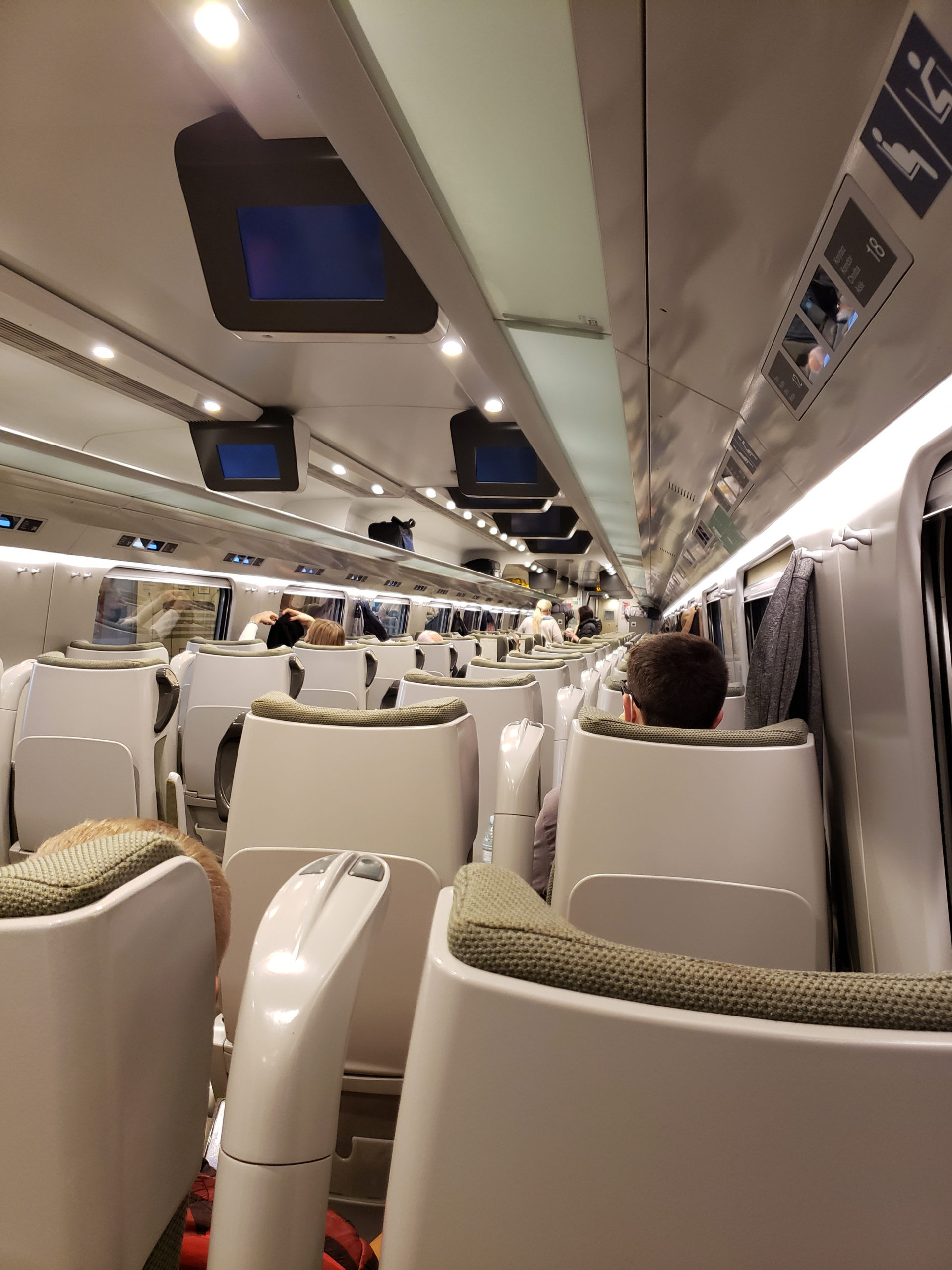
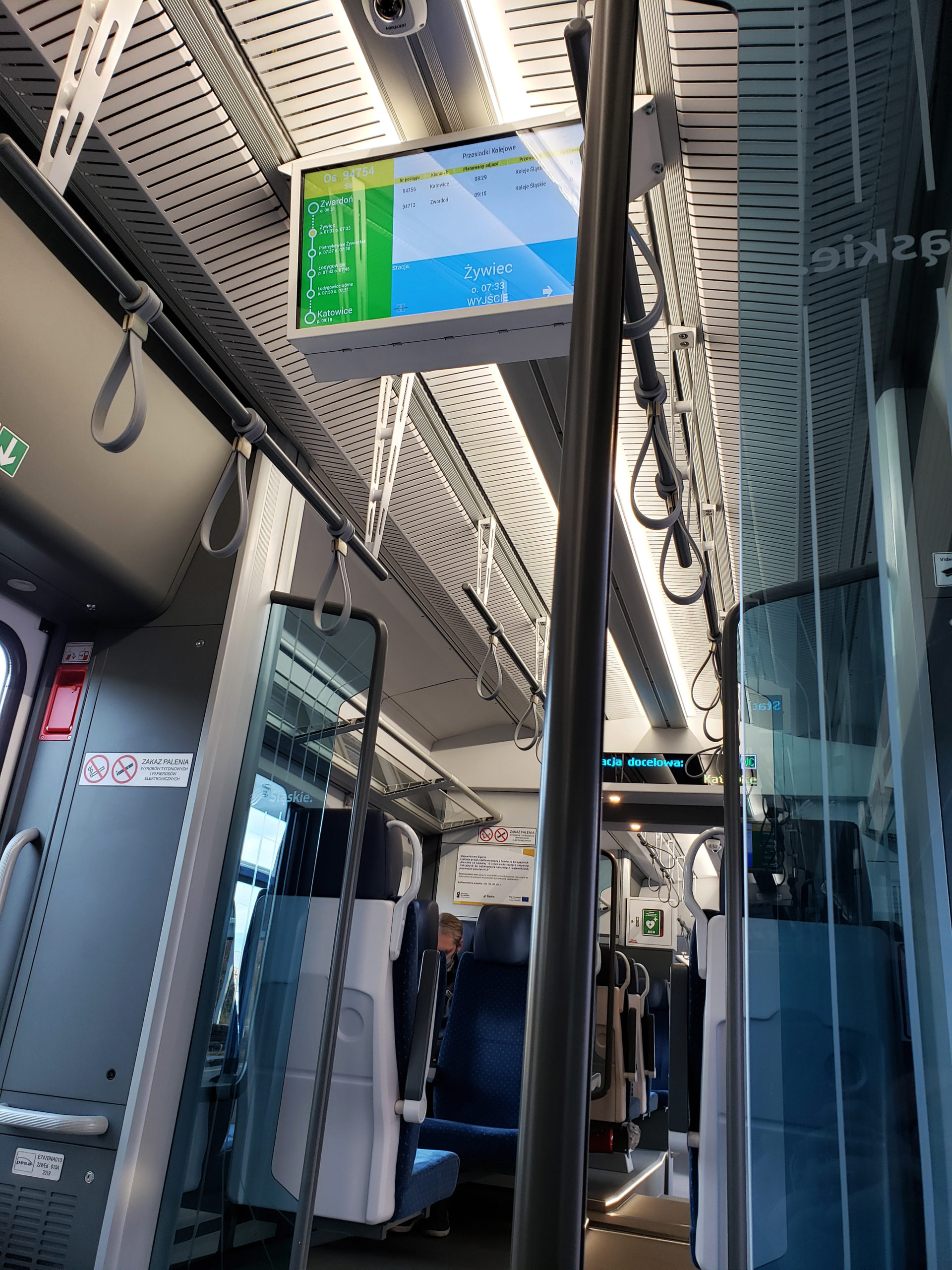
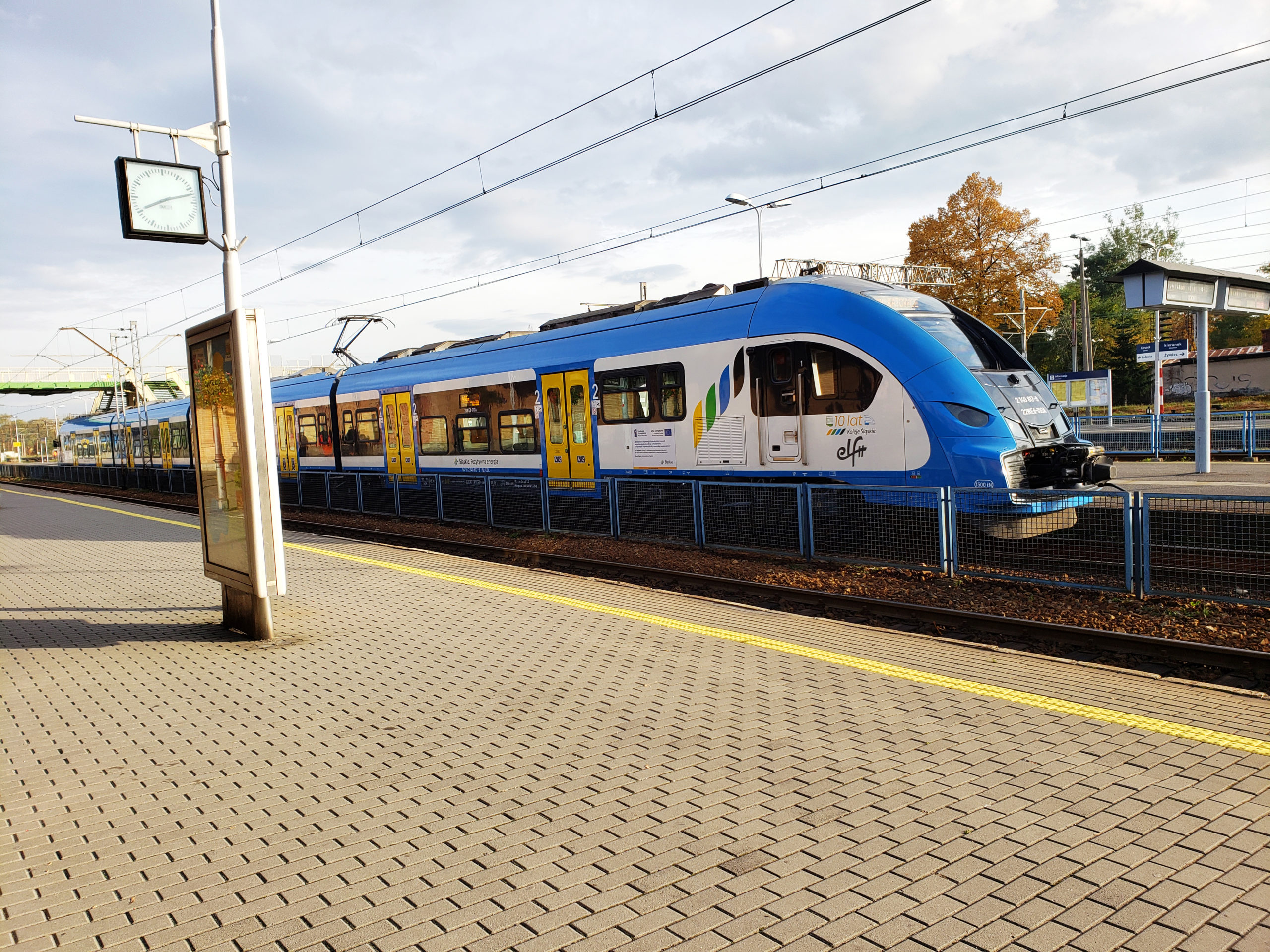






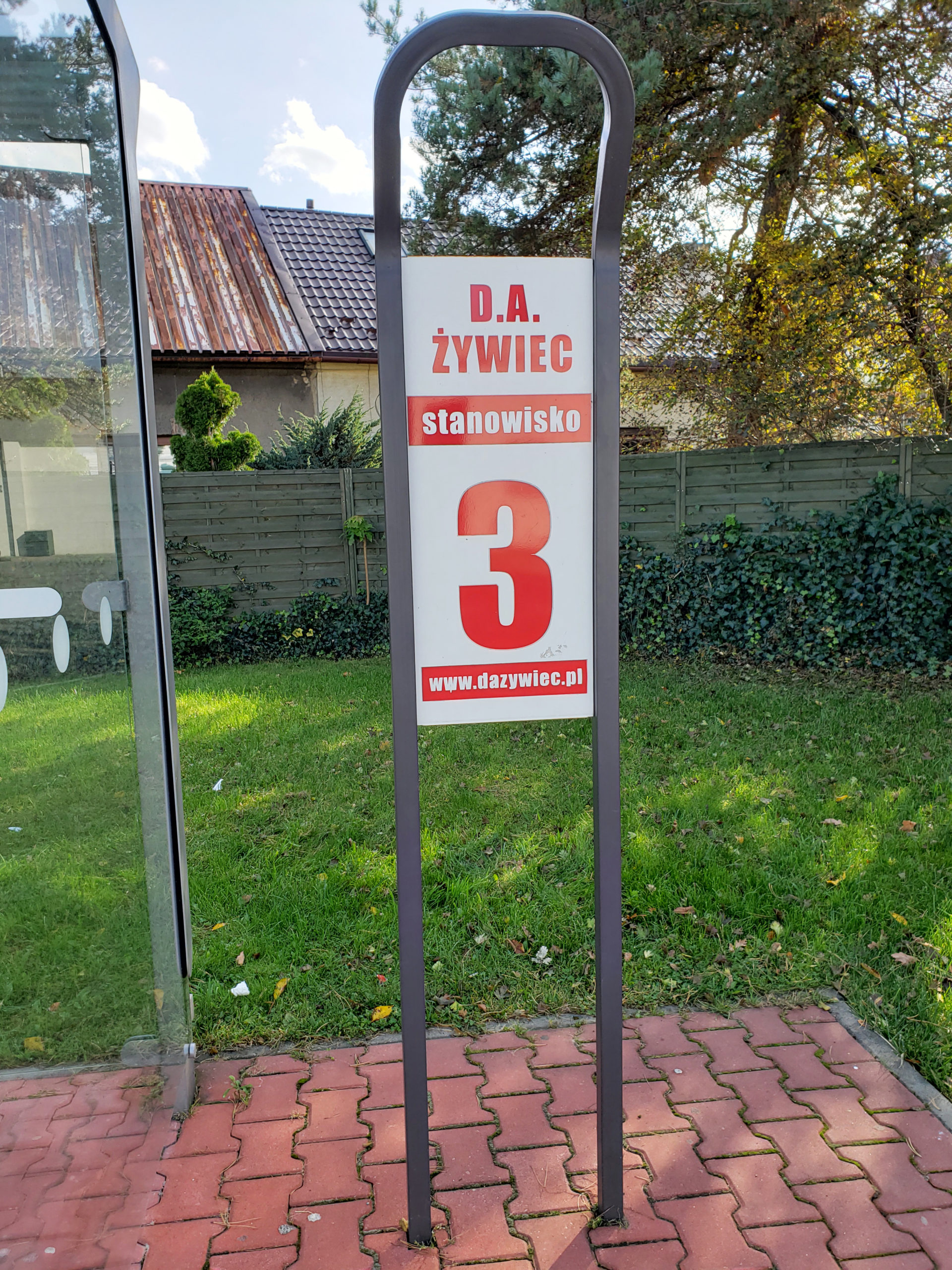
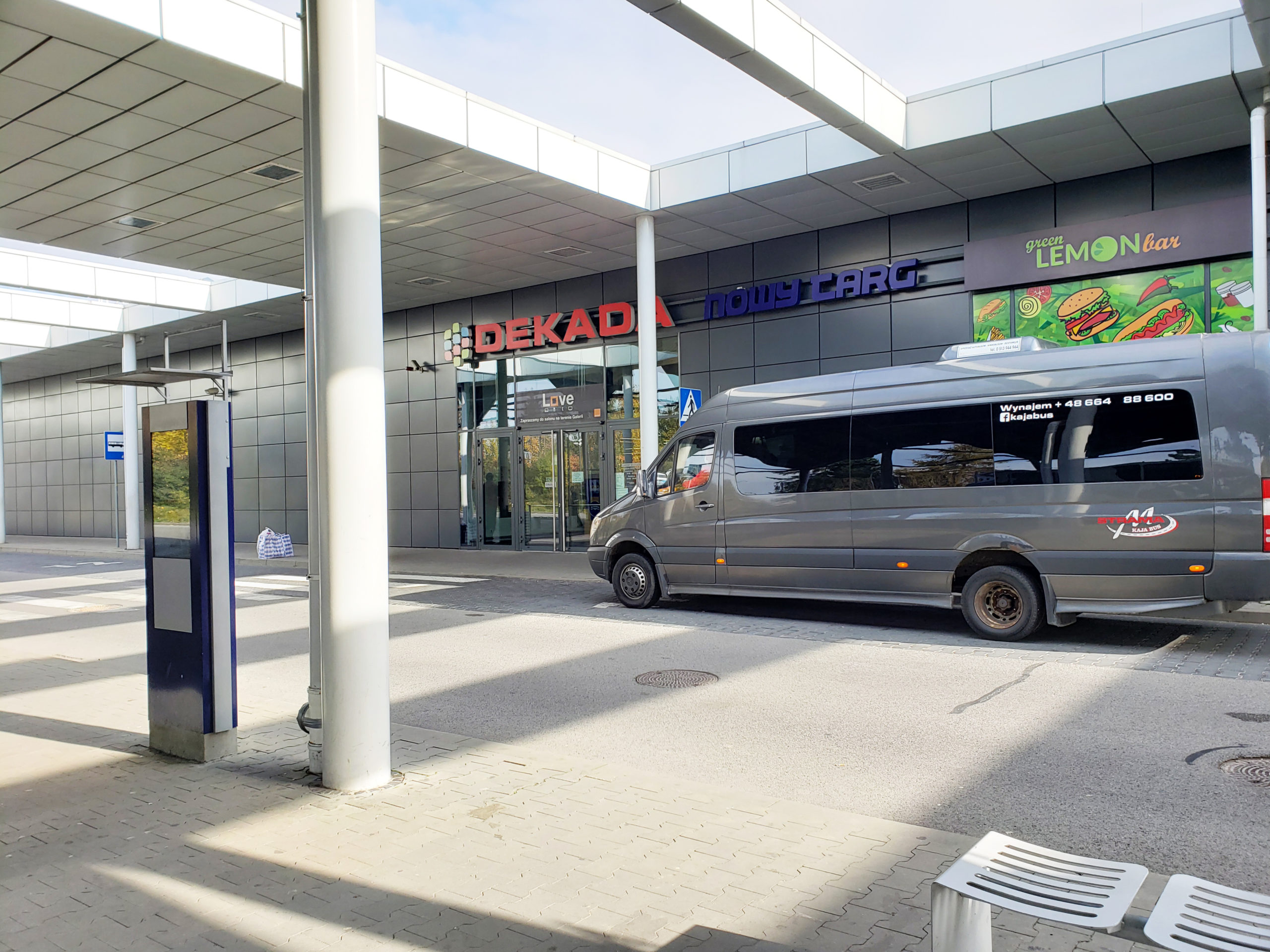
Read more: How To Spend The Perfect Day In Wrocław, Poland
Read more: Spending A Day In Opole, Poland
Train & Bus Etiquette
If you find yourself using public transit, keep in mind that it is public transit and you’re bound to run into all sorts of characters while taking it. If you are sitting within the quiet zone carriages, please make note of that and be quiet. I found that people’s etiquette on Polish trains and buses was very respectable and all the passengers are aware that they are sharing a space with others, so travellers were always kind, said please, thank you and excuse me. Nobody was obnoxious and loud and there was no garbage left on the seats, or on the floor once people disembarked. Members of the train crew come around to check tickets and are very adamant about keeping your dirty shoes off the empty seats, so use the footrests that are provided because if you get caught propping your shoes on the seats, you might get a fine, or at least a scolding.
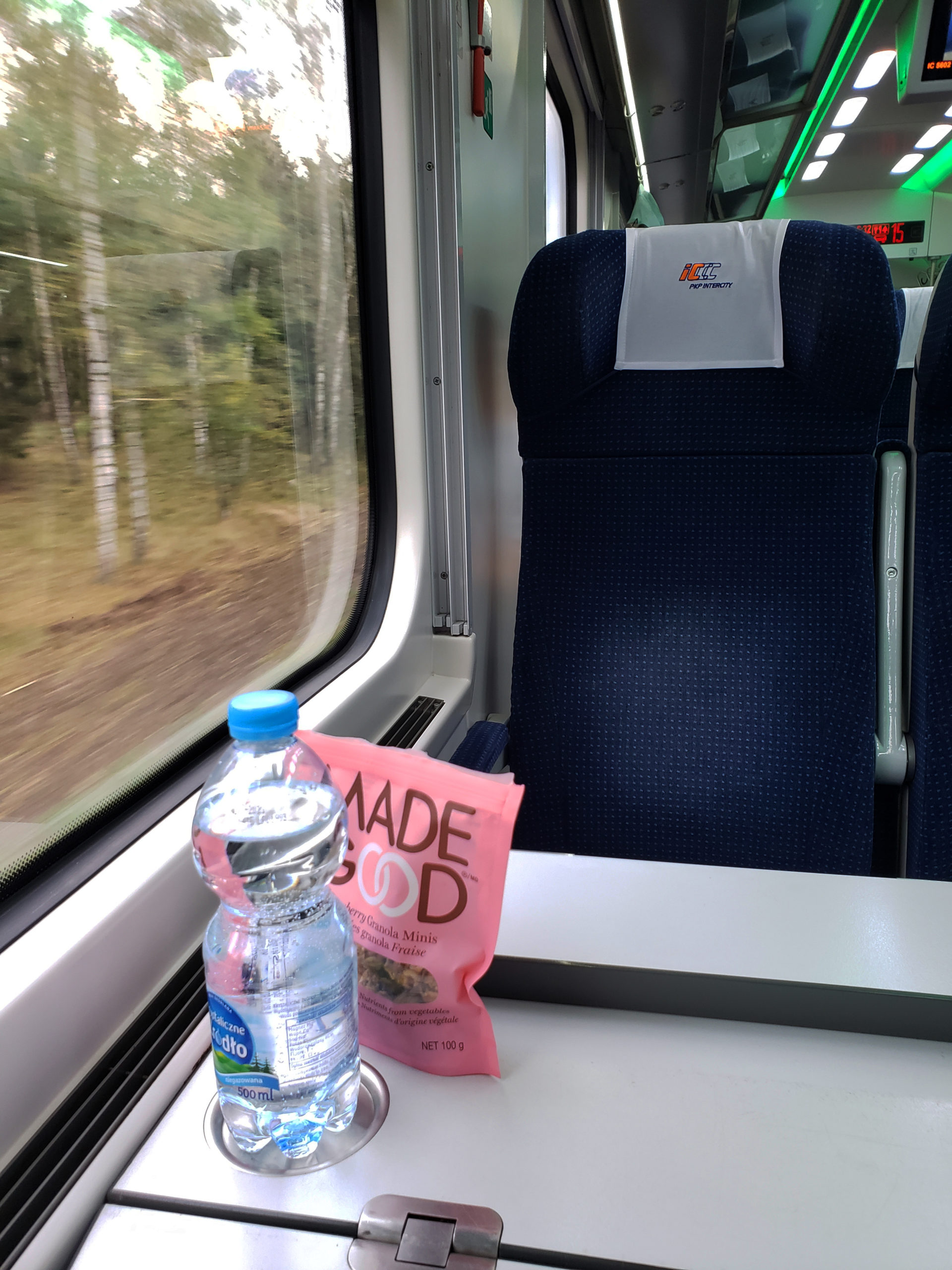
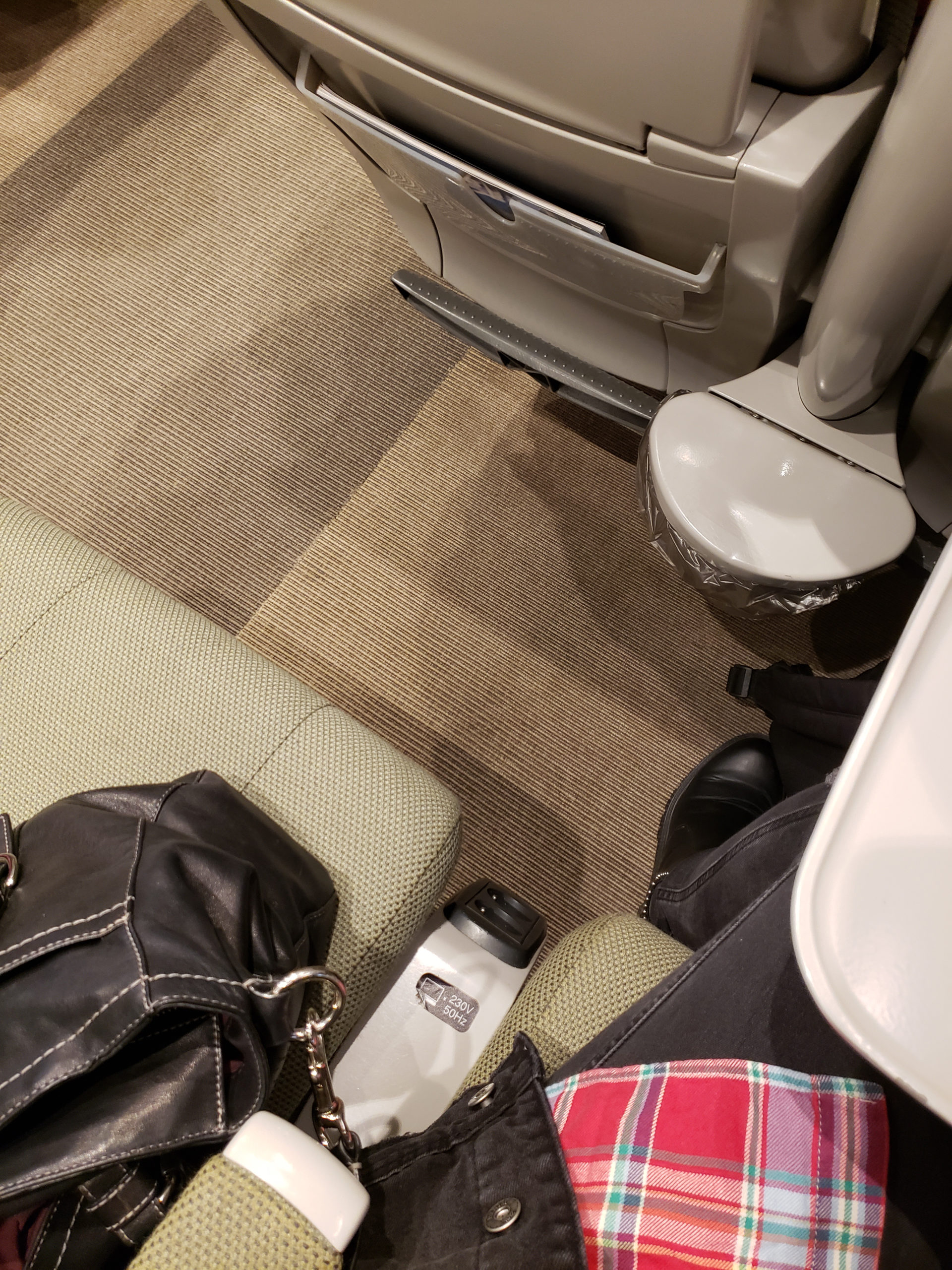
Read more: How To Create The Perfect Travel Itinerary
Read more: How To Find Great Places To Eat While Travelling
Train & Bus Safety
As with any public transit system, keeping your ears and eyes open are key. Trust your gut when it comes to safety, especially while travelling solo, since you don’t have anyone else looking out for you and your bags. If you find yourself in an awkward situation, remove yourself, or let security know if you’re in a station that has a security office. I never once felt intimidated, or feared for my safety while taking trains and buses while making my way through Poland. That being said, I made sure to always keep my eyes on my bag and purse while sitting in a station if I was waiting for my train.
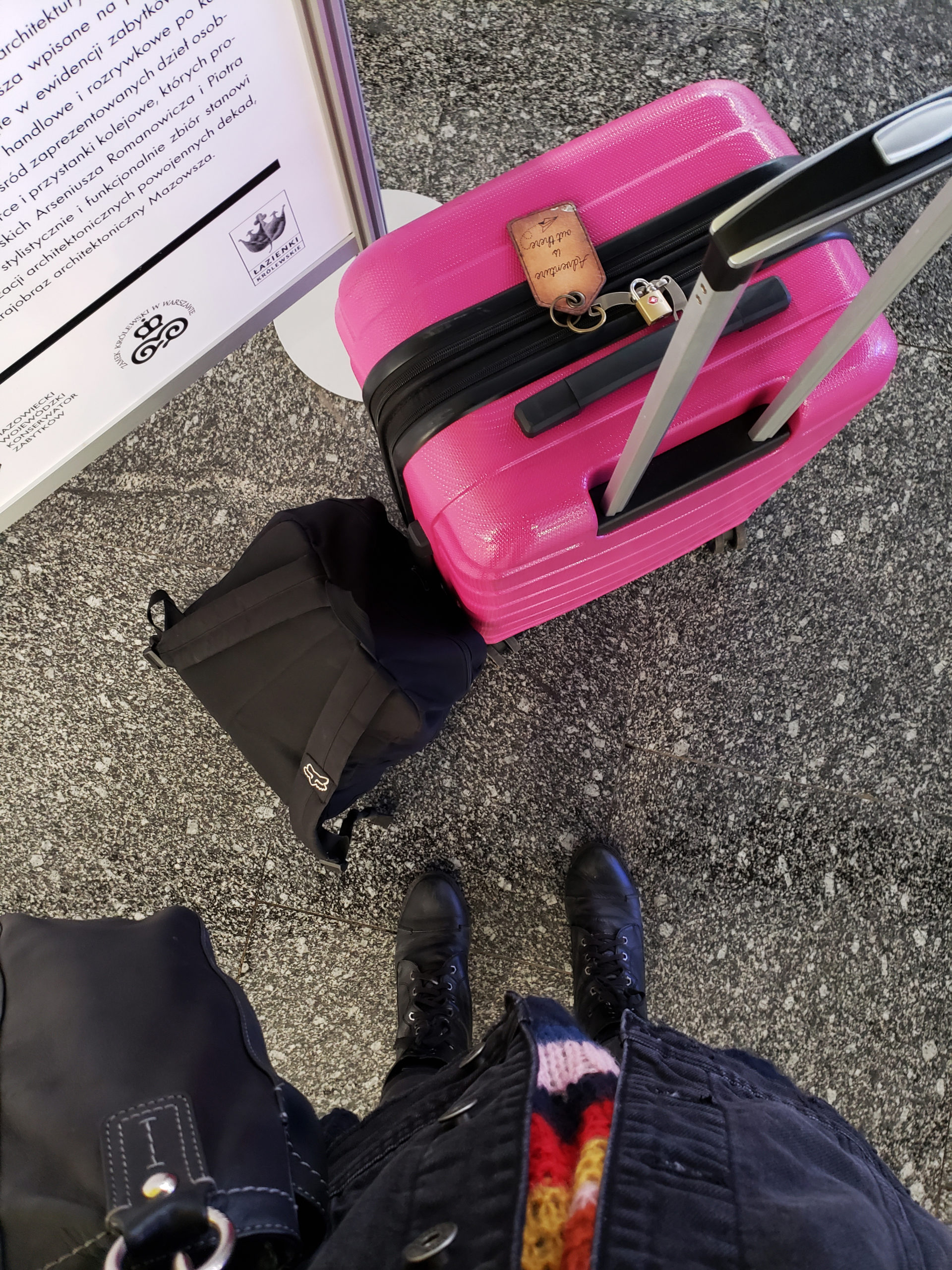
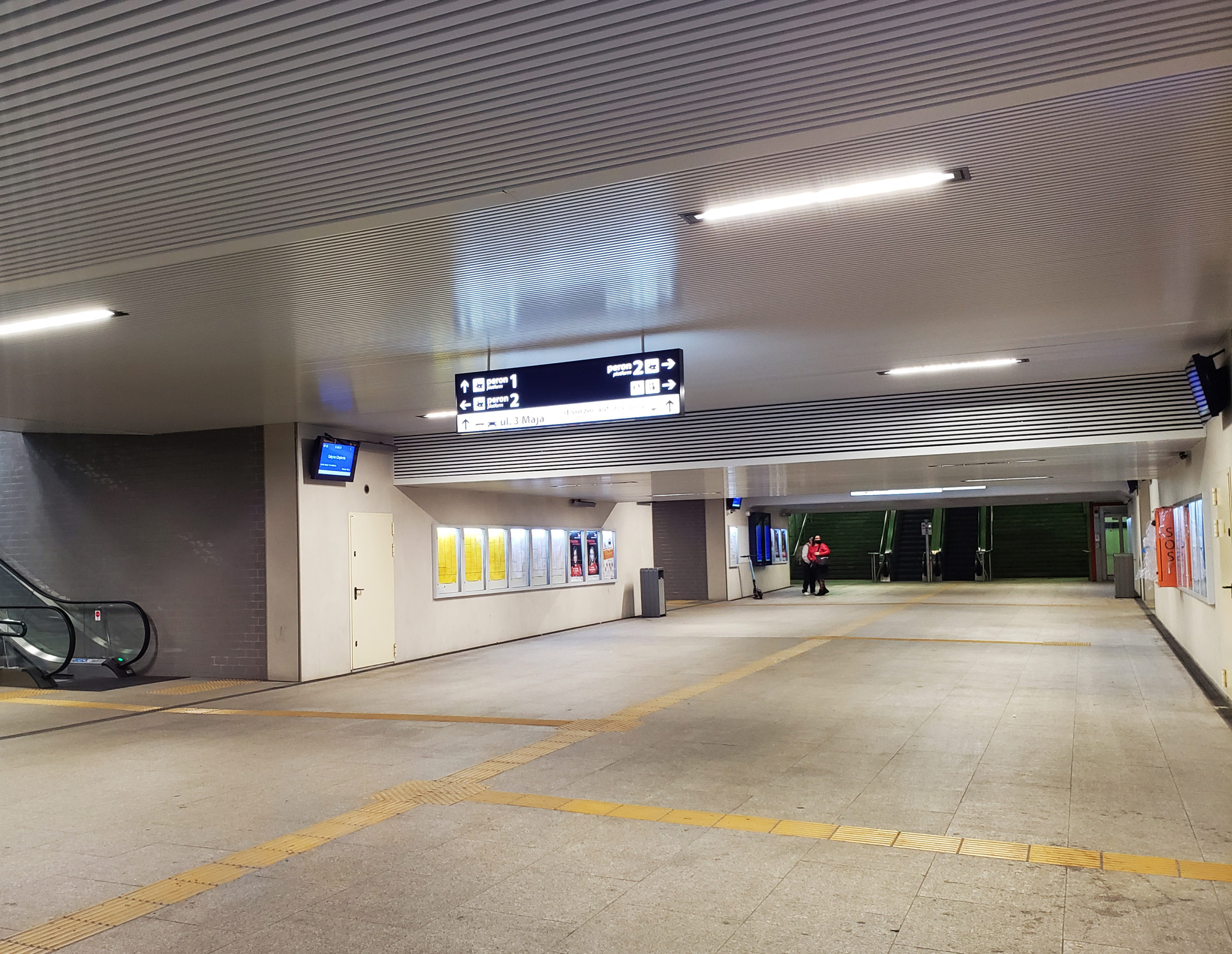
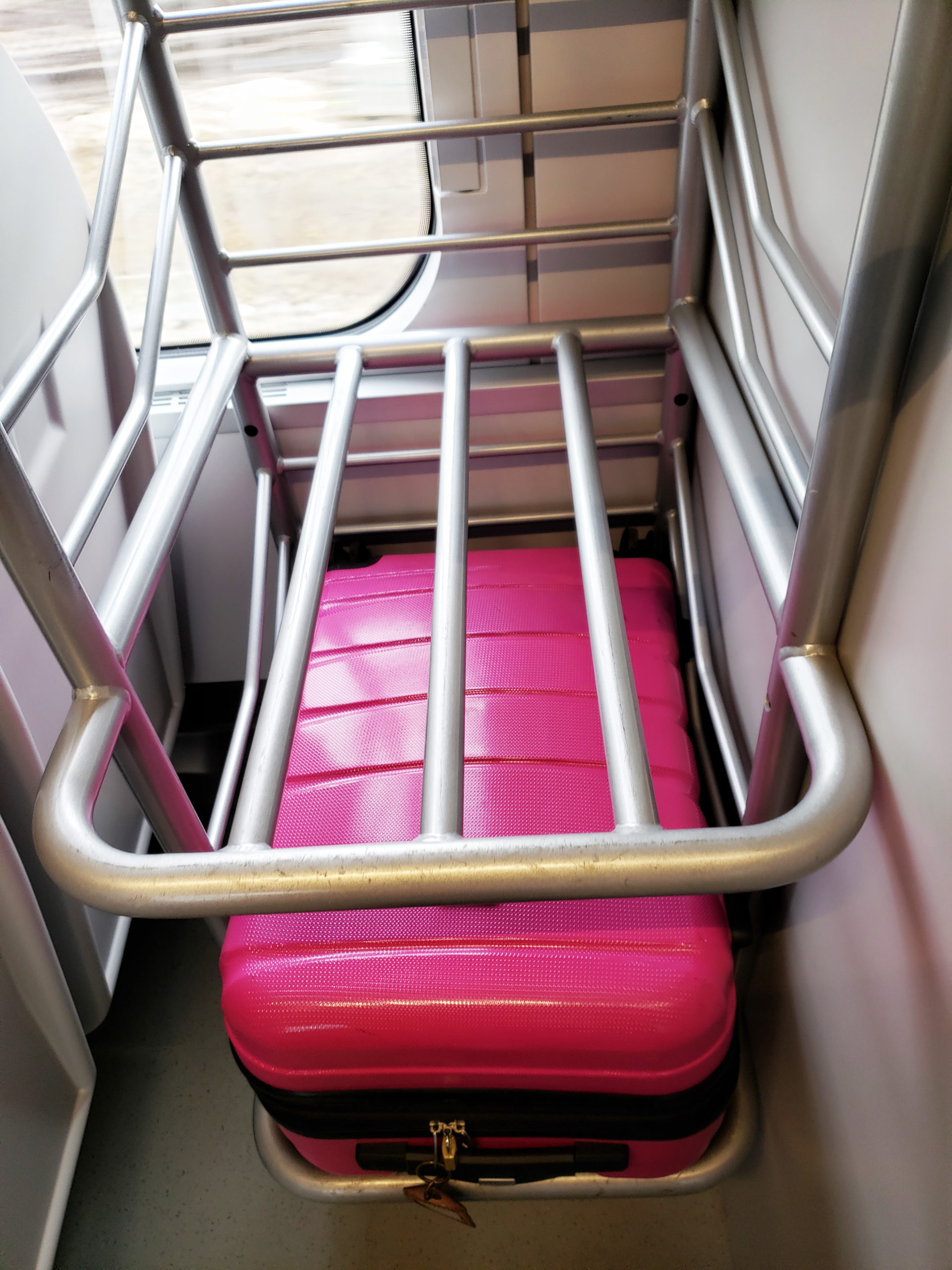
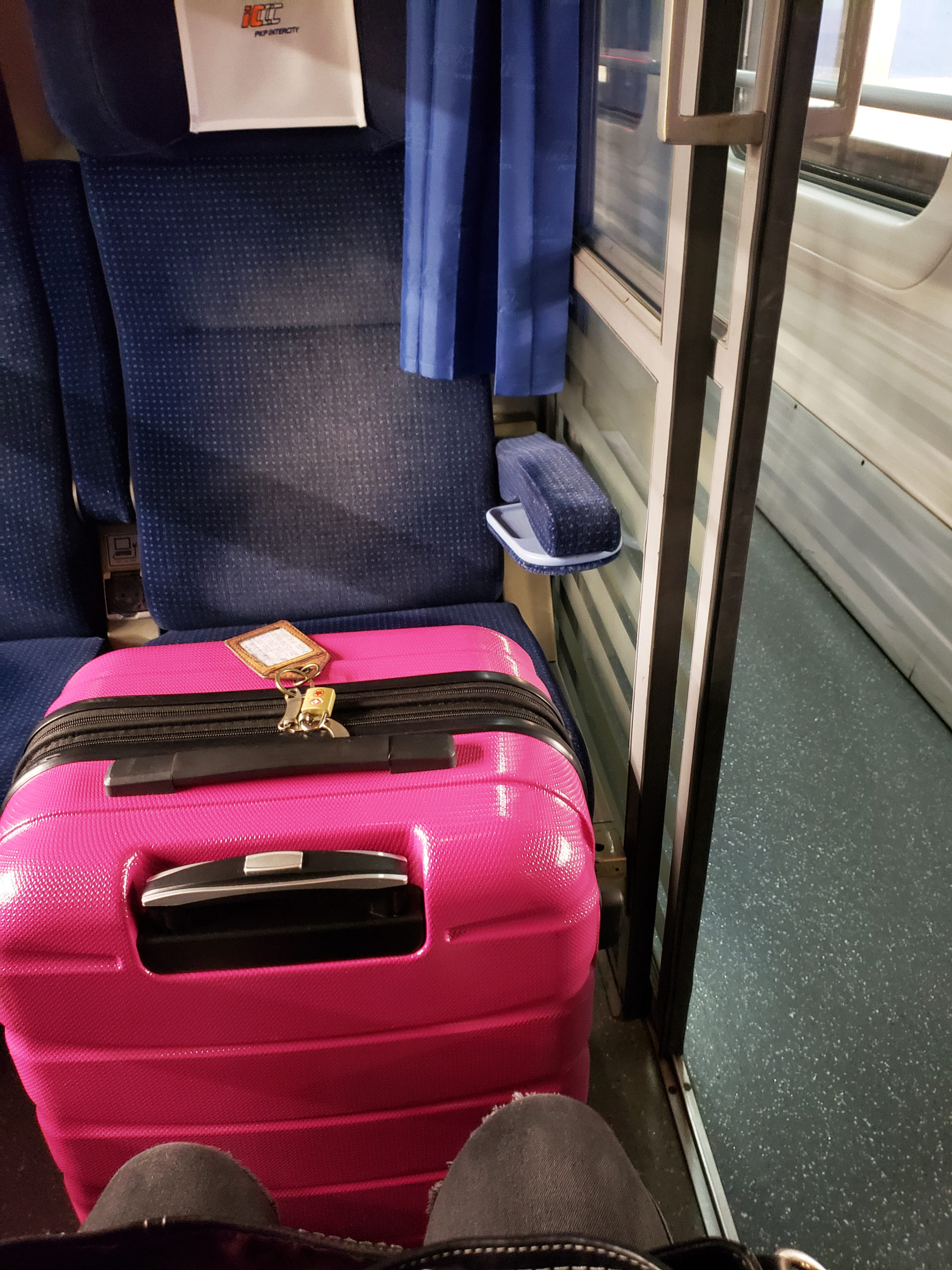
Read more: Solo Female Traveller Safety Tips
Read more: The Complete Guide To Hiking To Morskie Oko – Poland’s Most Beautiful Lake In The Tatra Mountains
If you aren’t a fan of public transit, or feel intimidated by taking it with the fear of getting lost and confused by all the timetables, routes and transit options, I suggest you try it once and you’ll see just how easy it is. When I first step foot in a new country, the public transit system always seems a bit daunting at first, especially in a place where the language is different. After the first couple of times using the system, it gets easier, I promise!
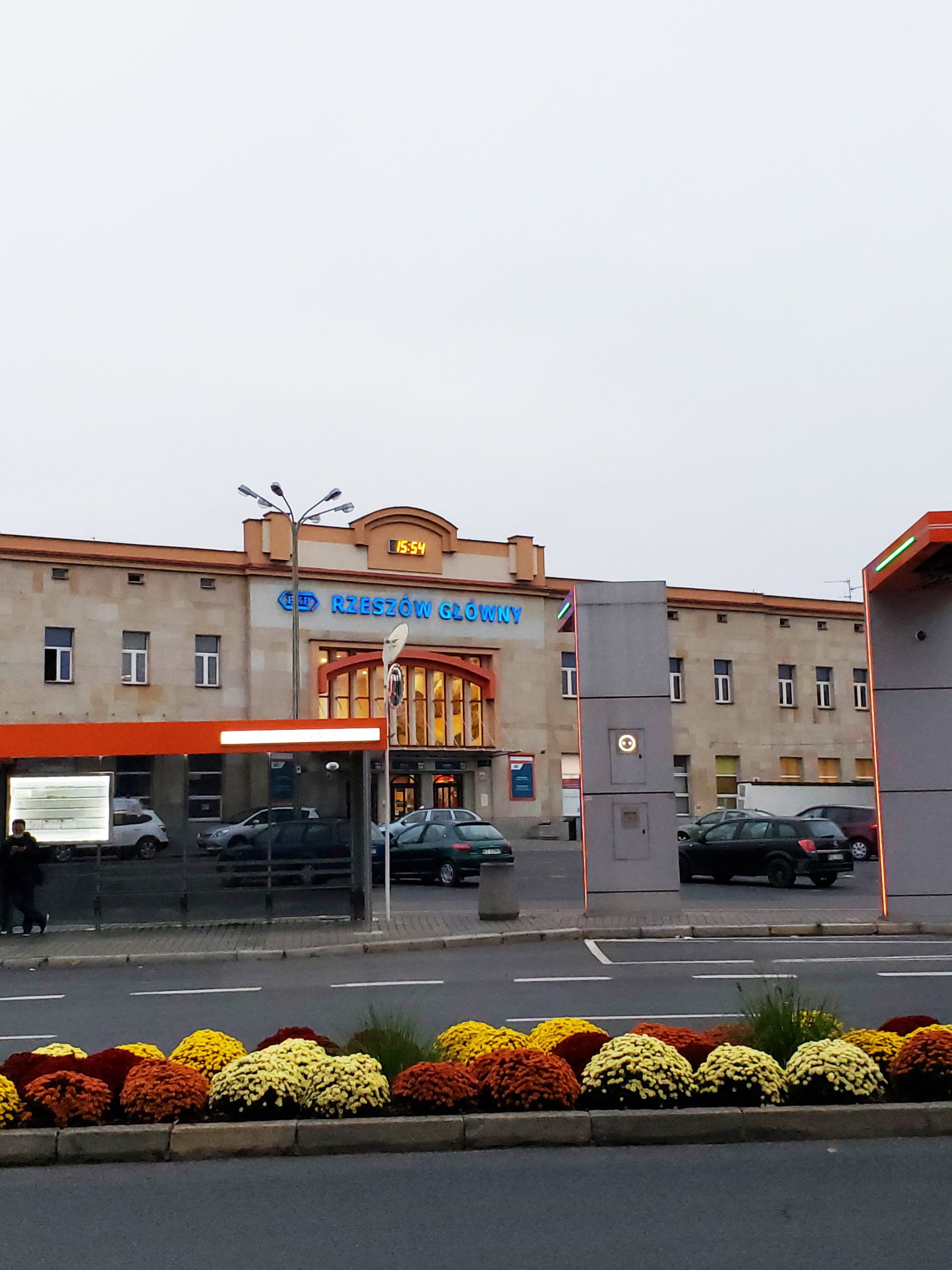
After reading this comprehensive guide to Polish trains and buses, I really hope you consider using the public transit within Poland if you find yourself travelling there in the future. If you have any questions, feel free to drop me a comment below! xo


